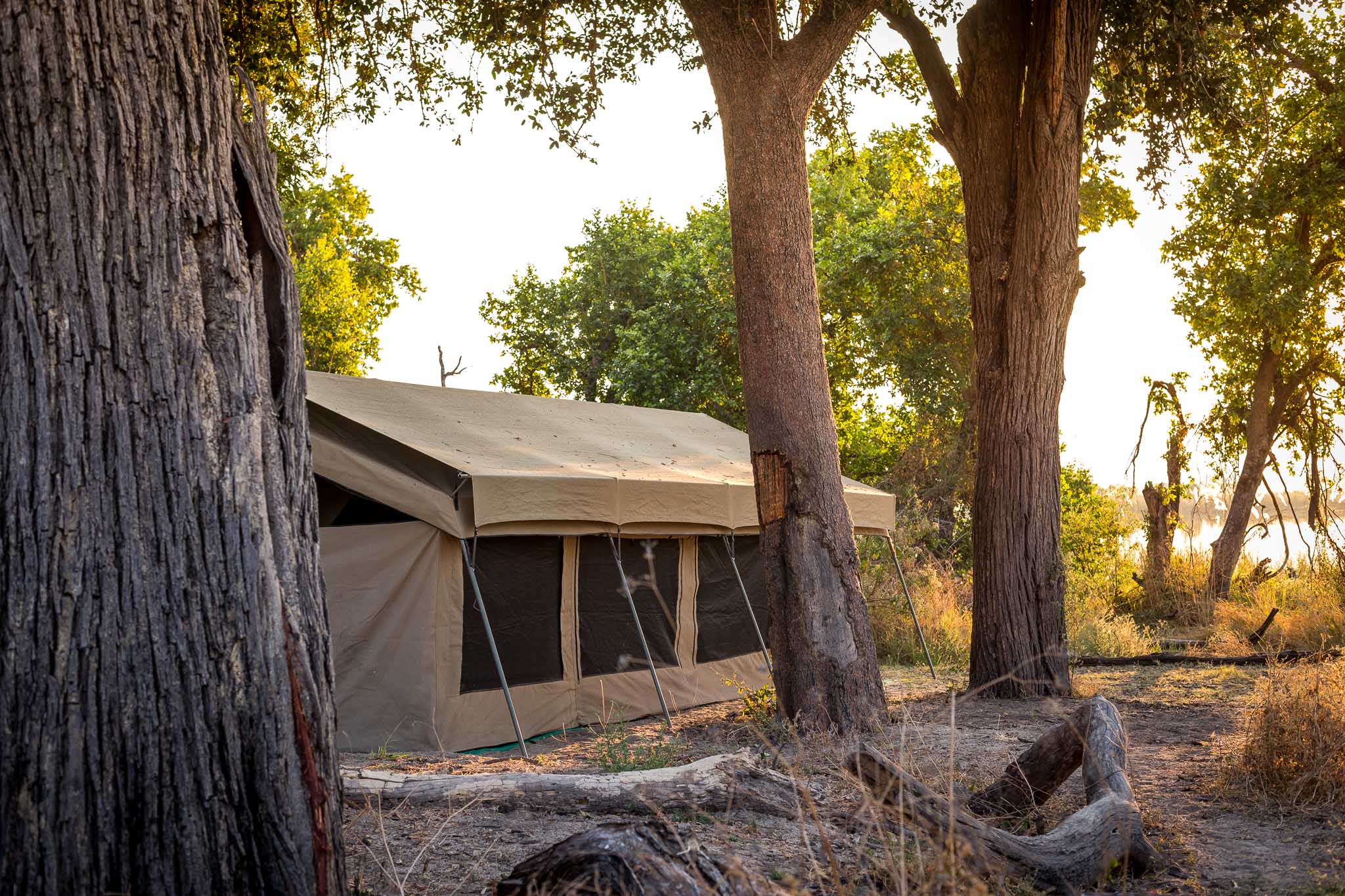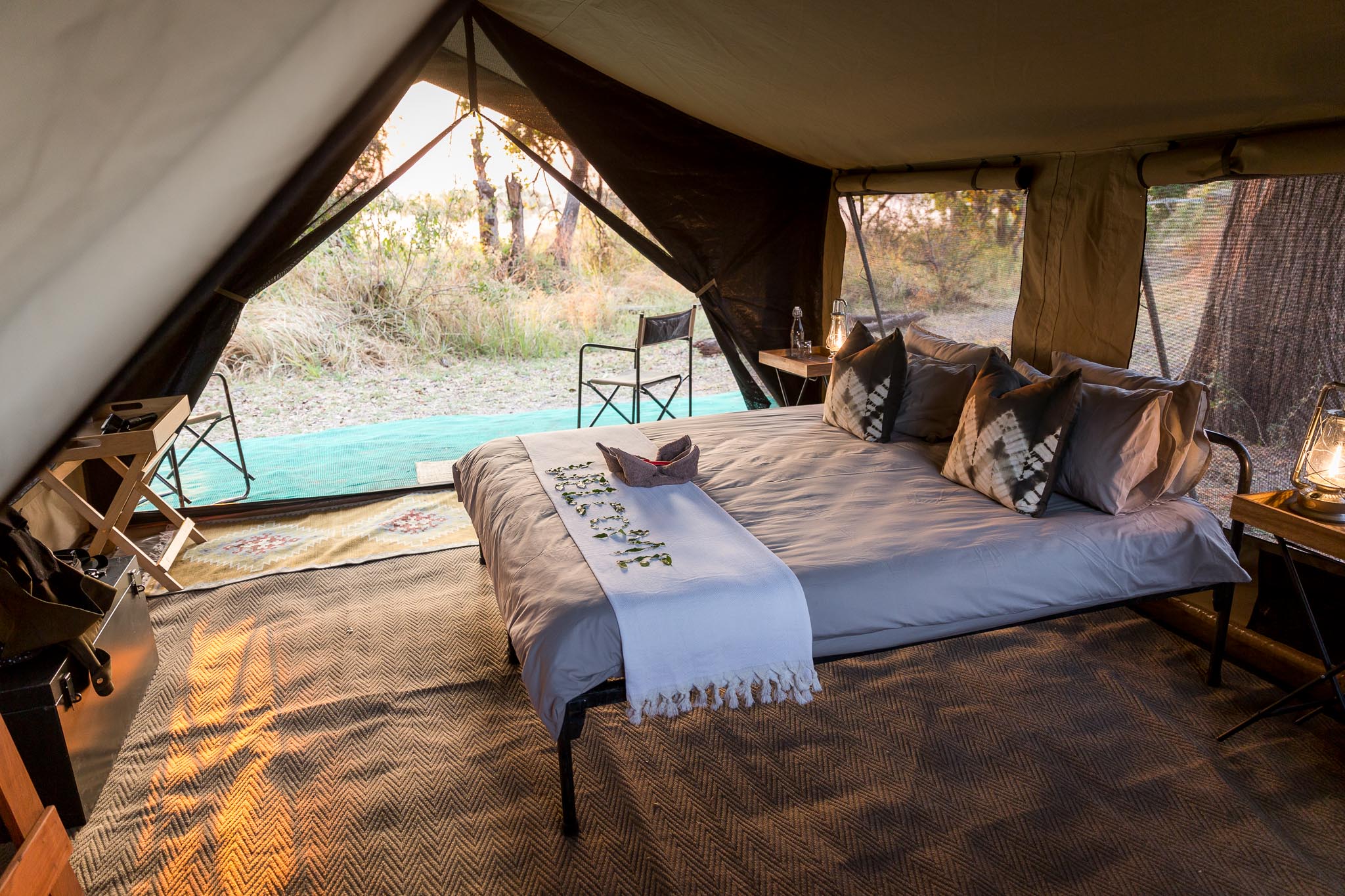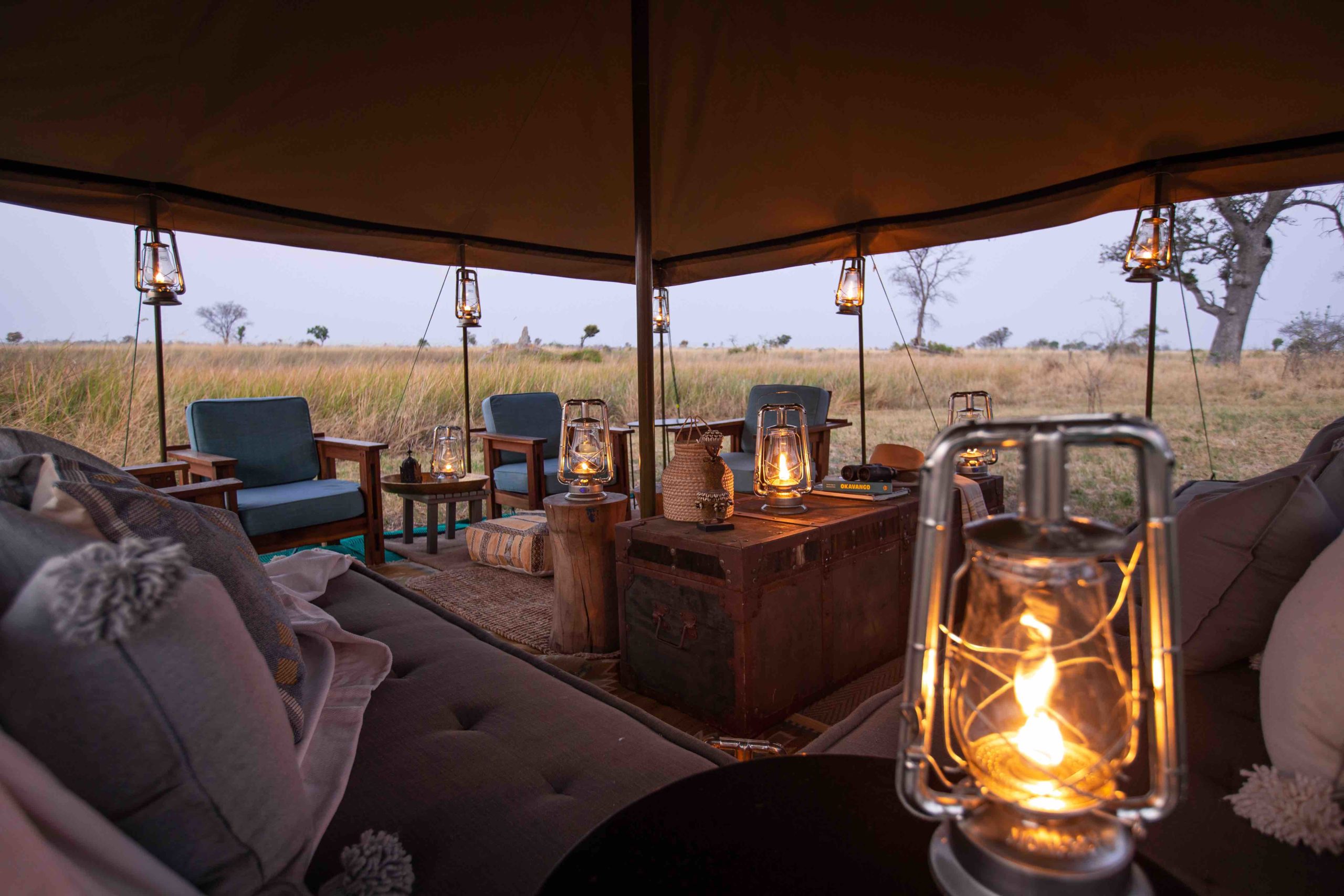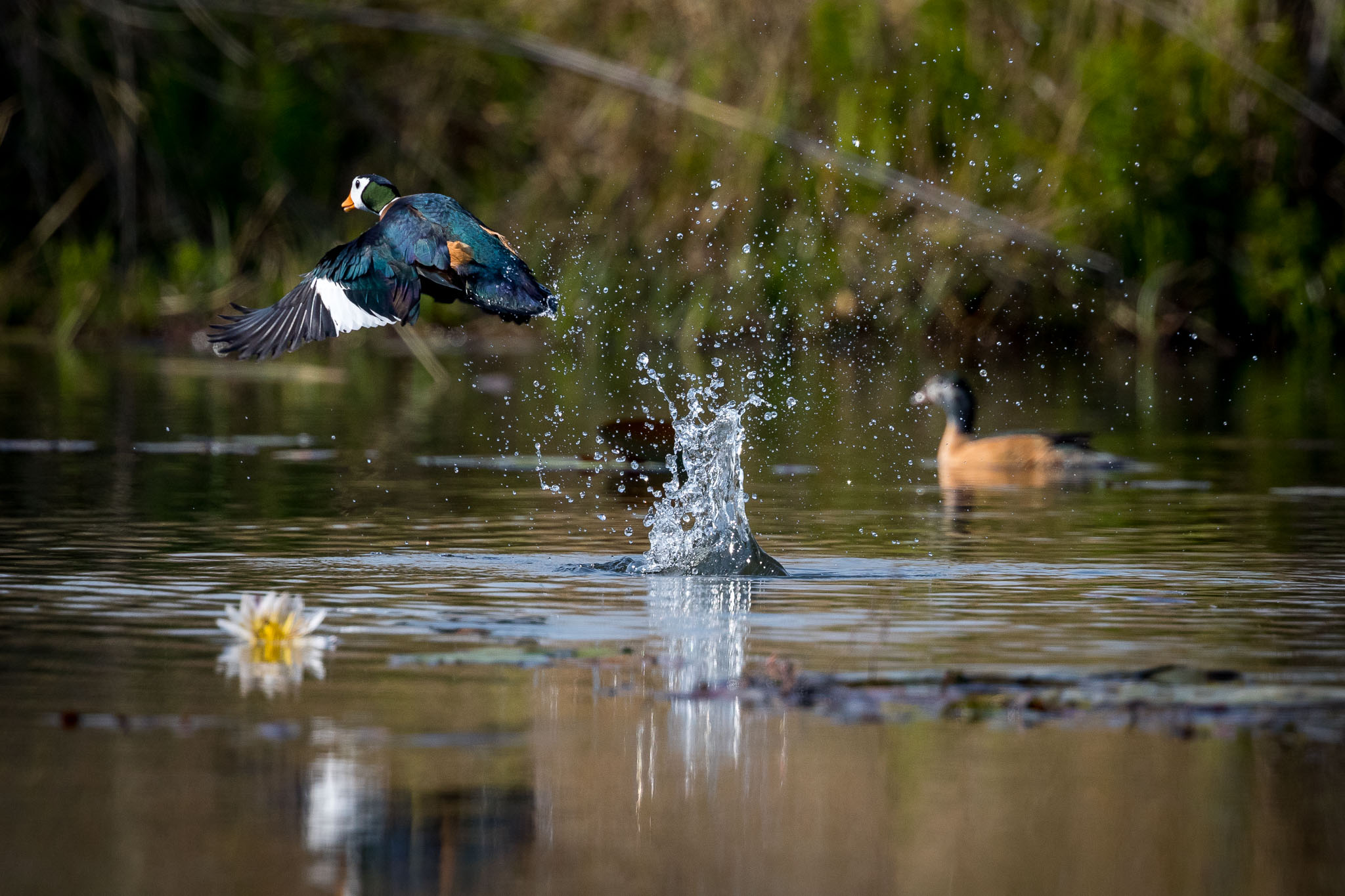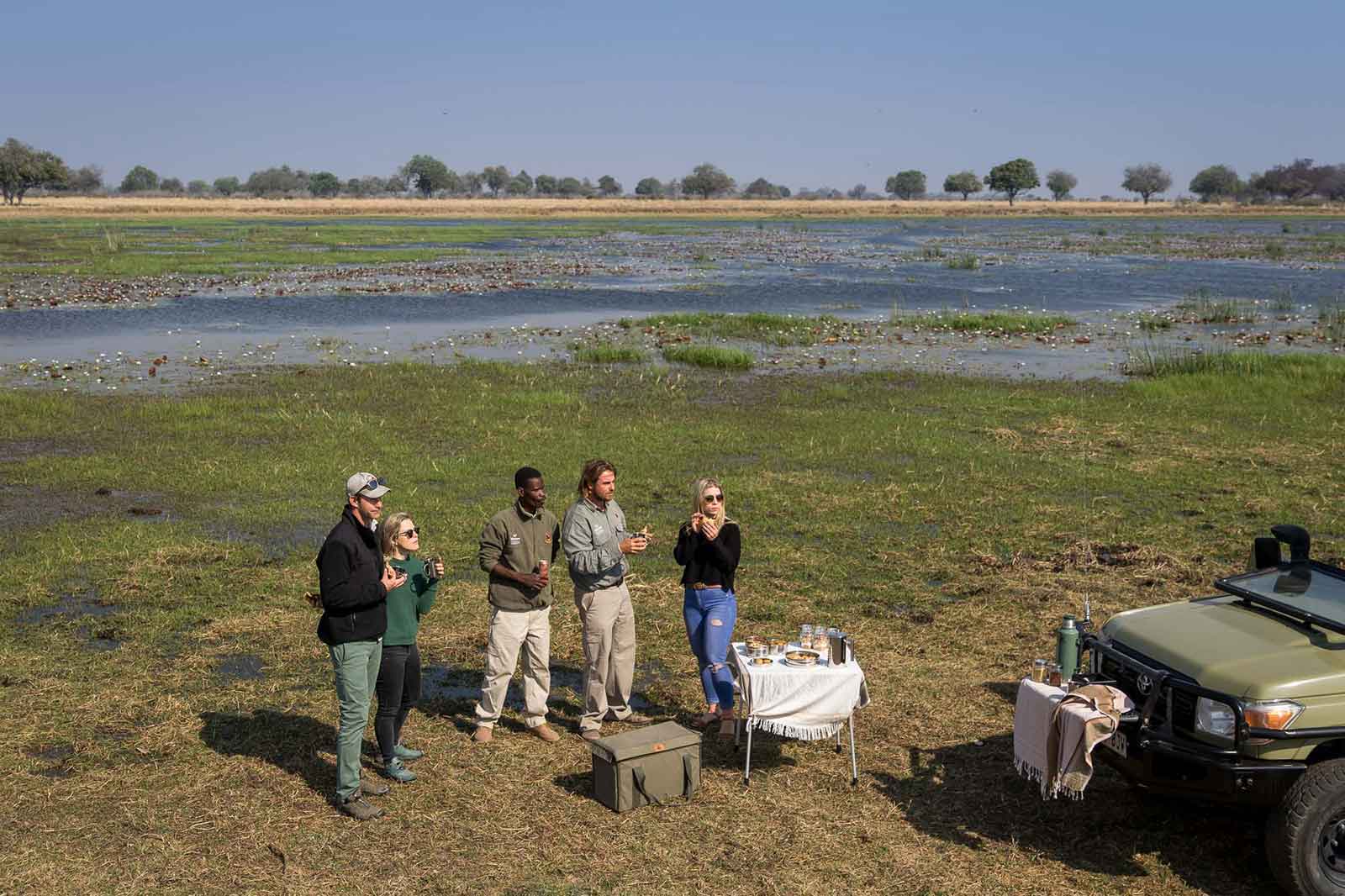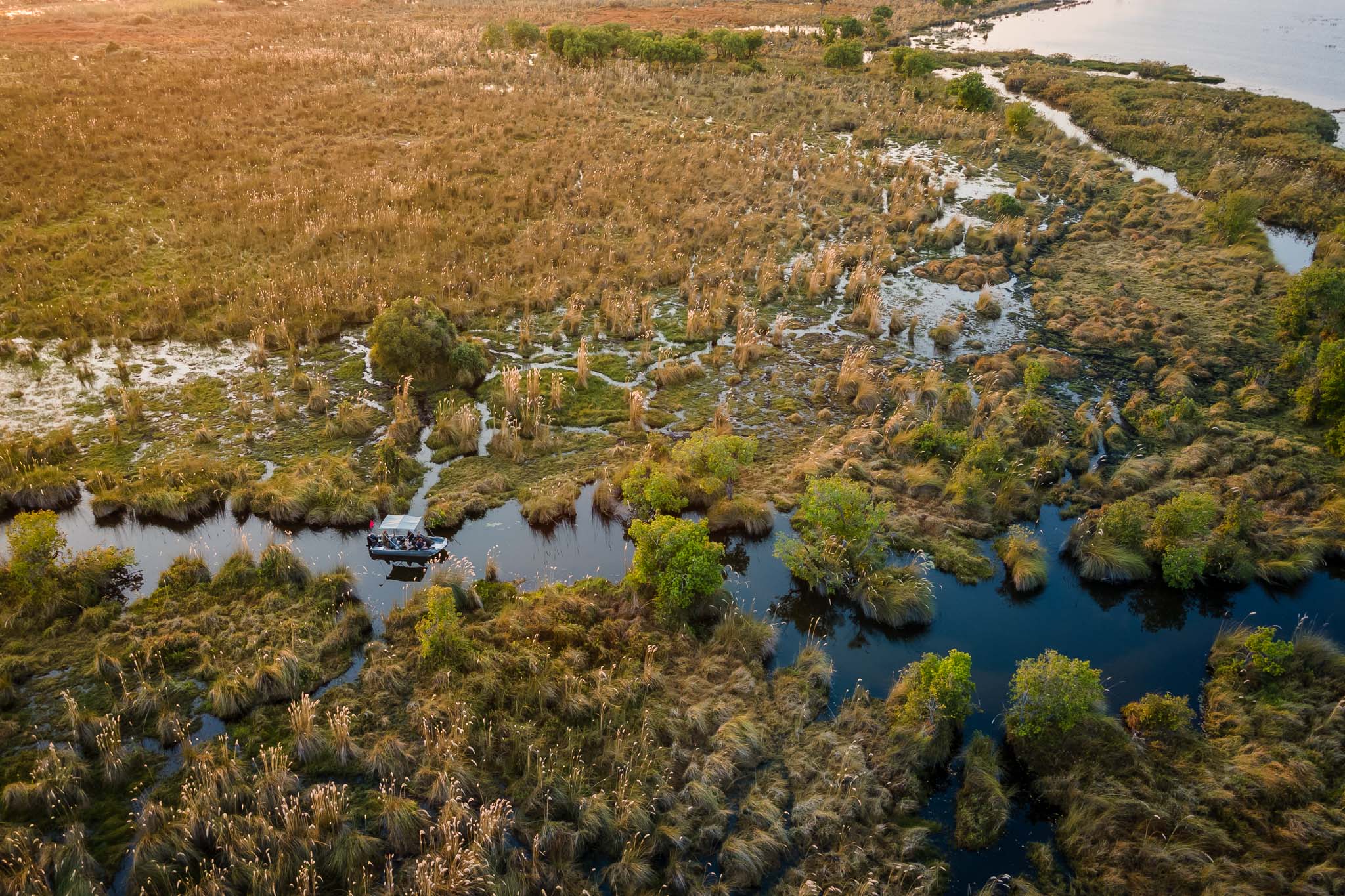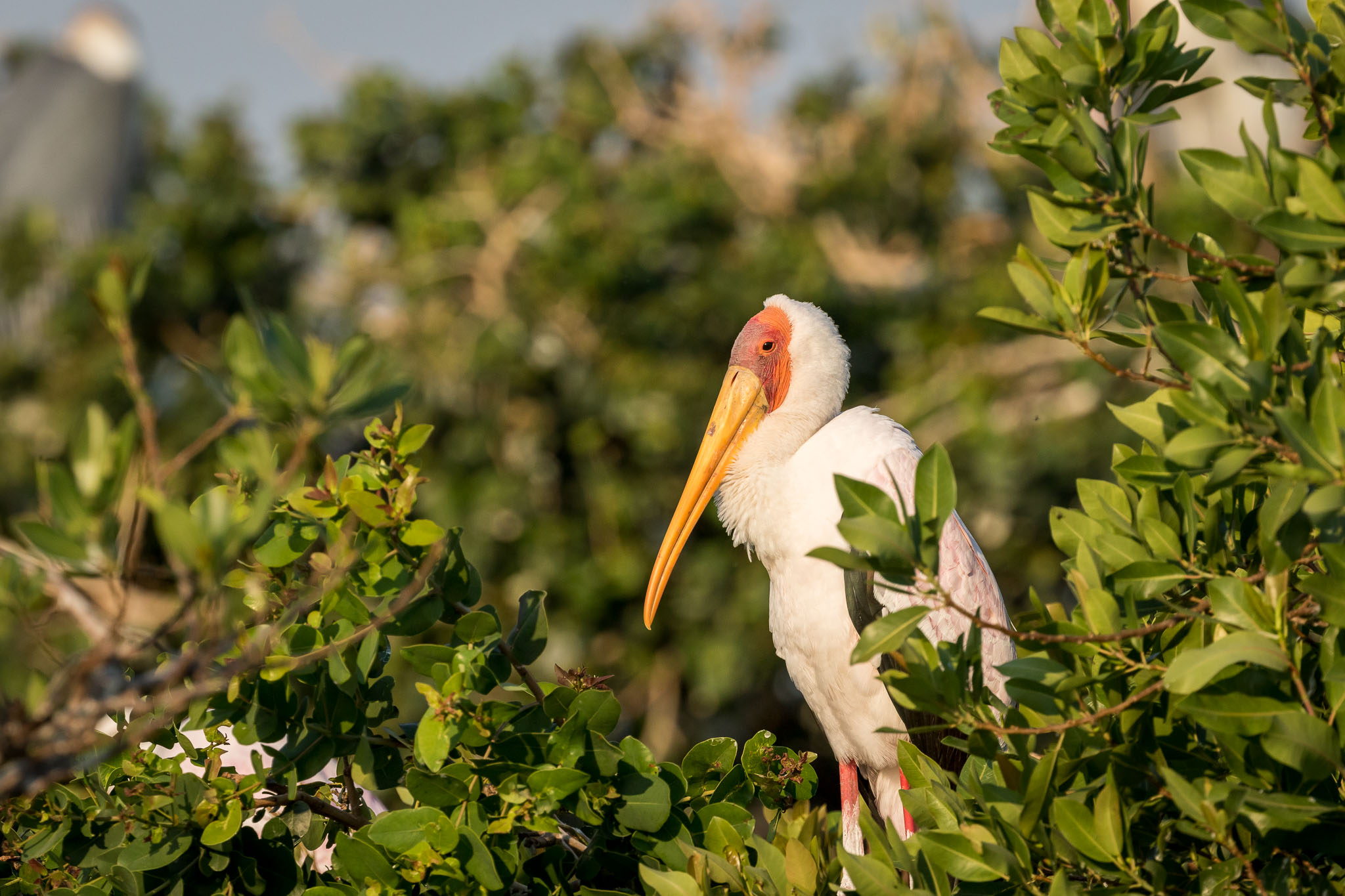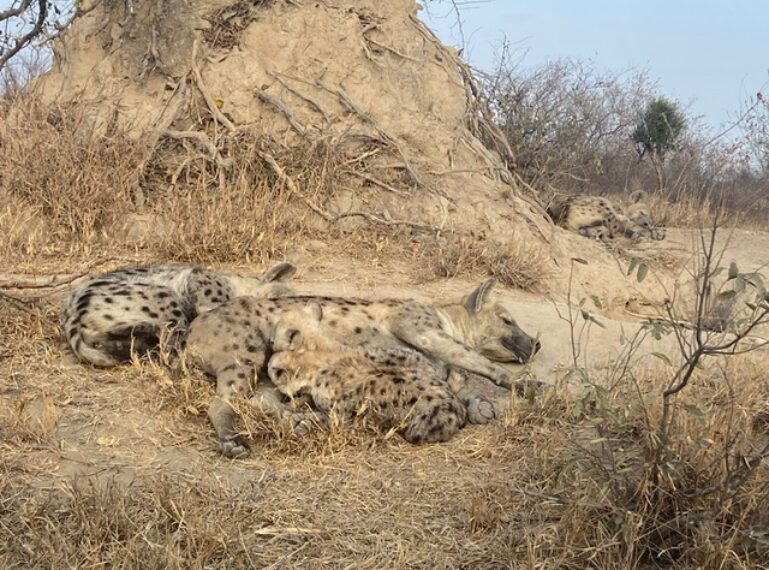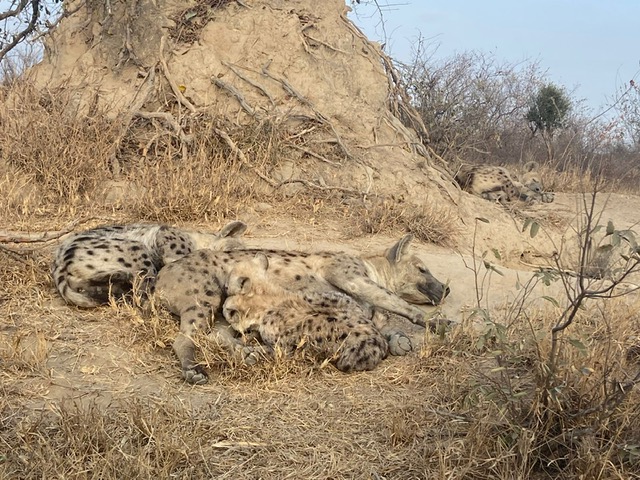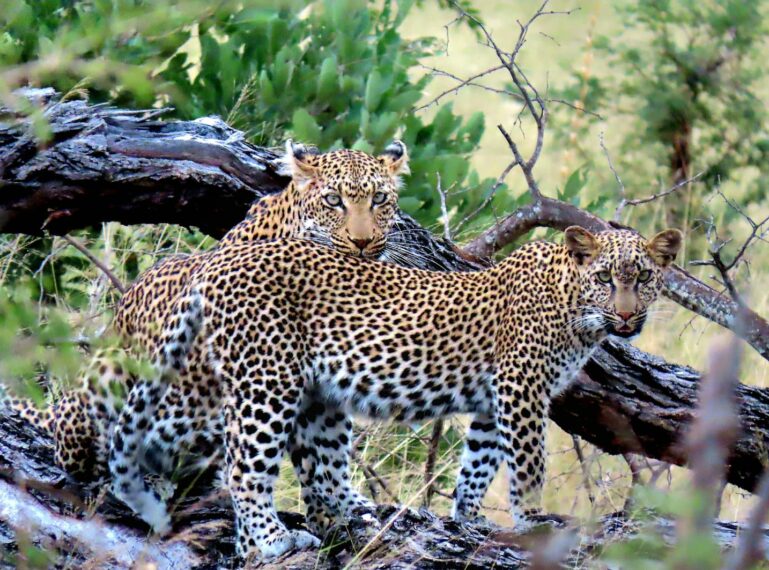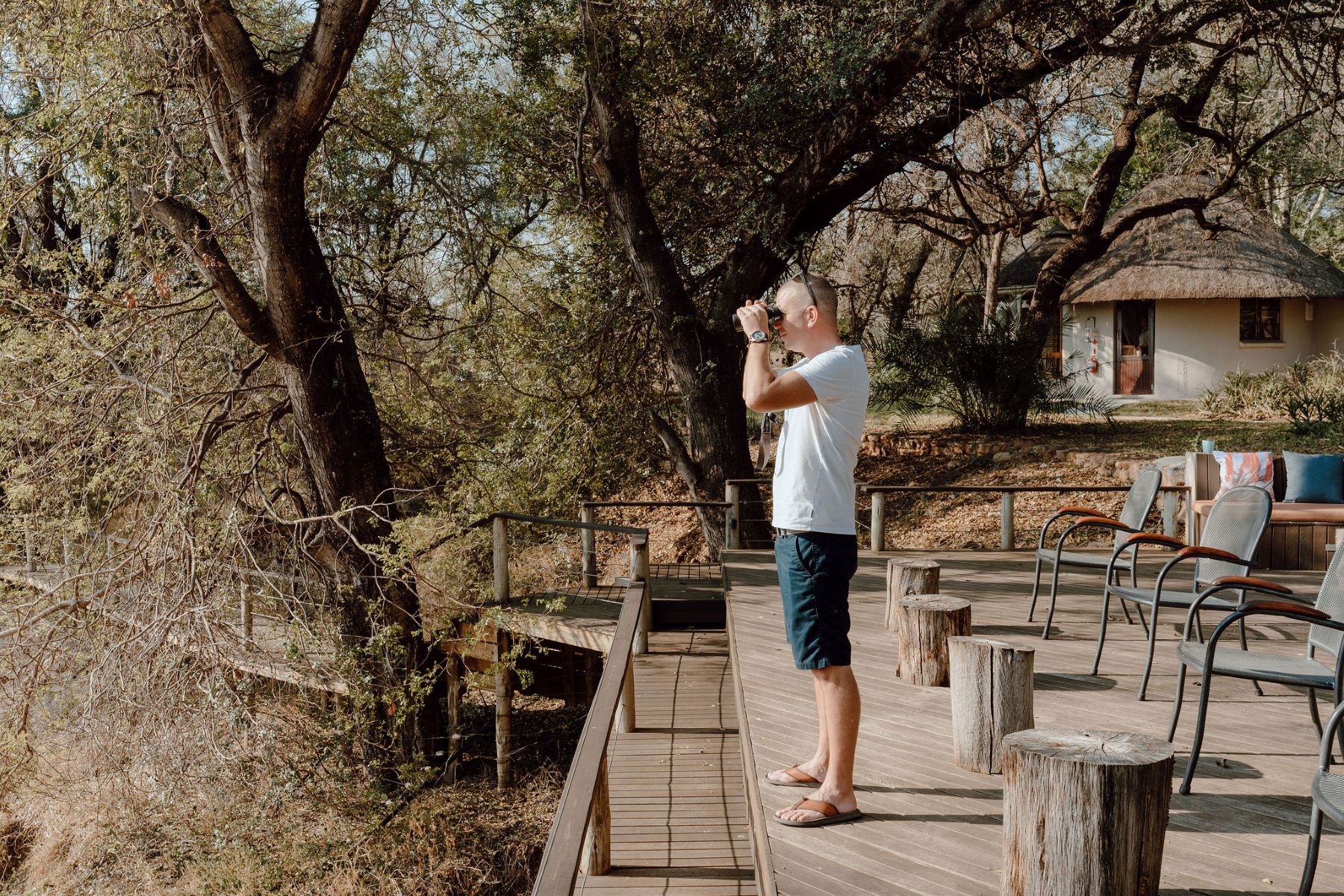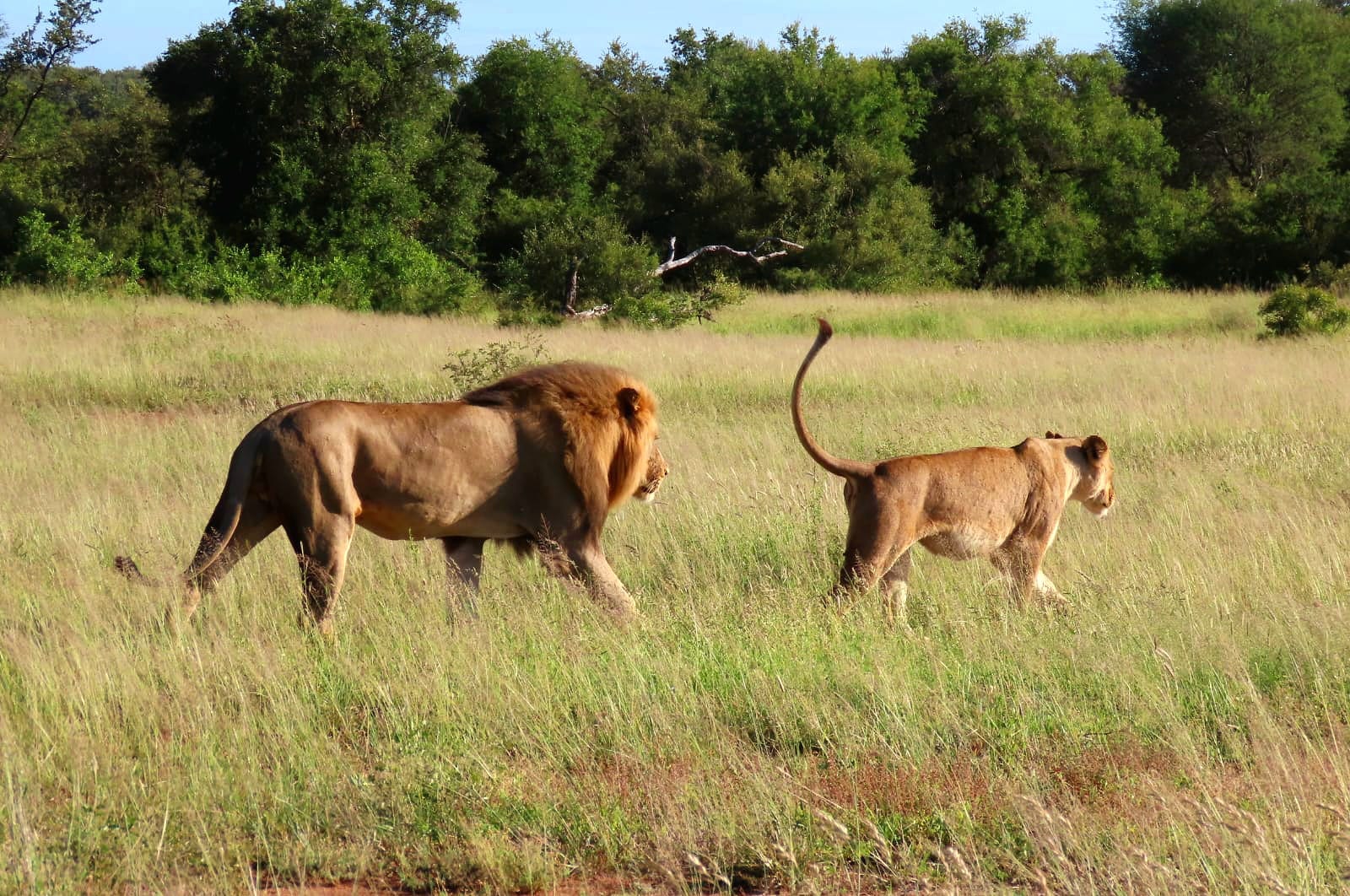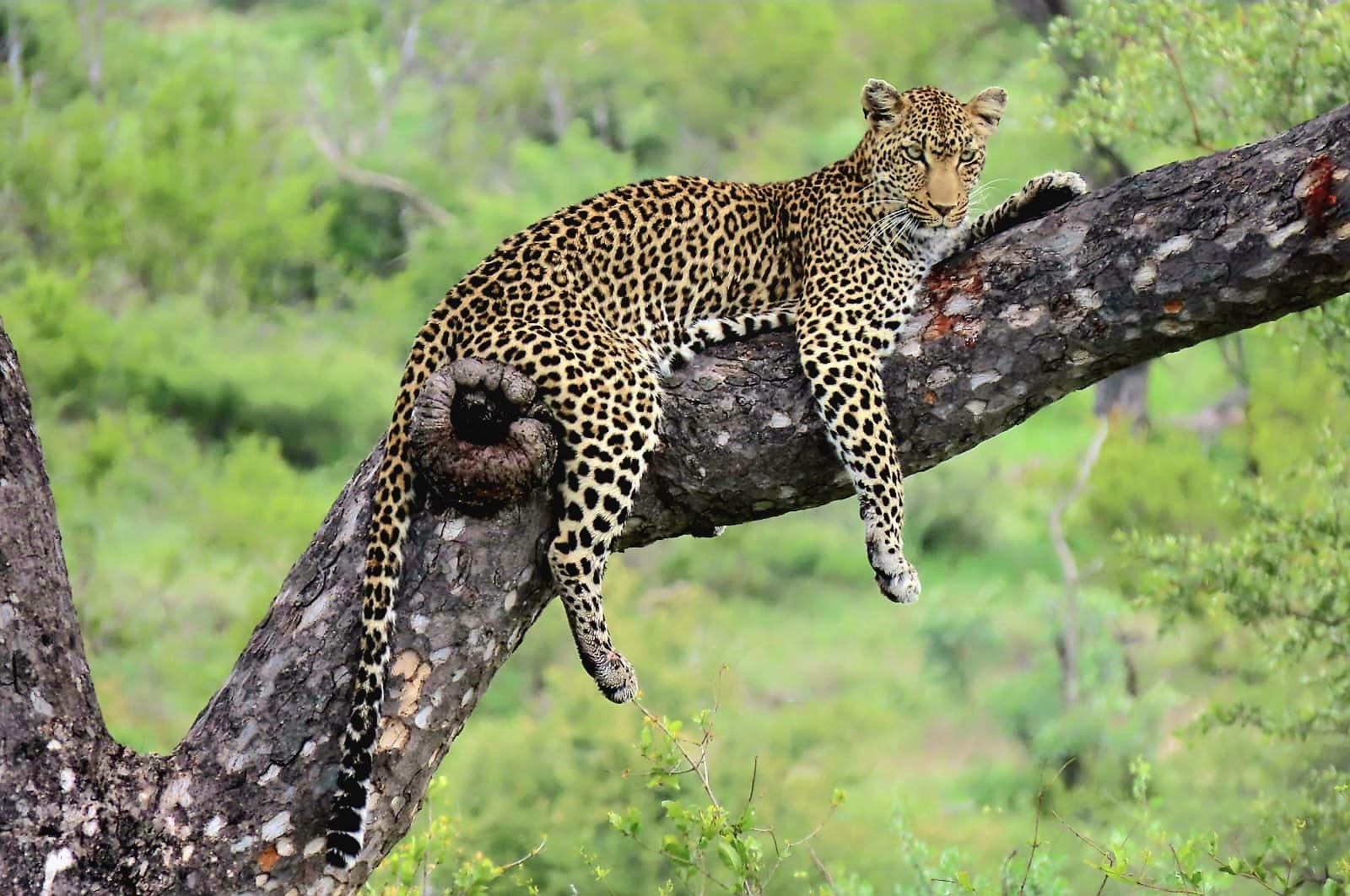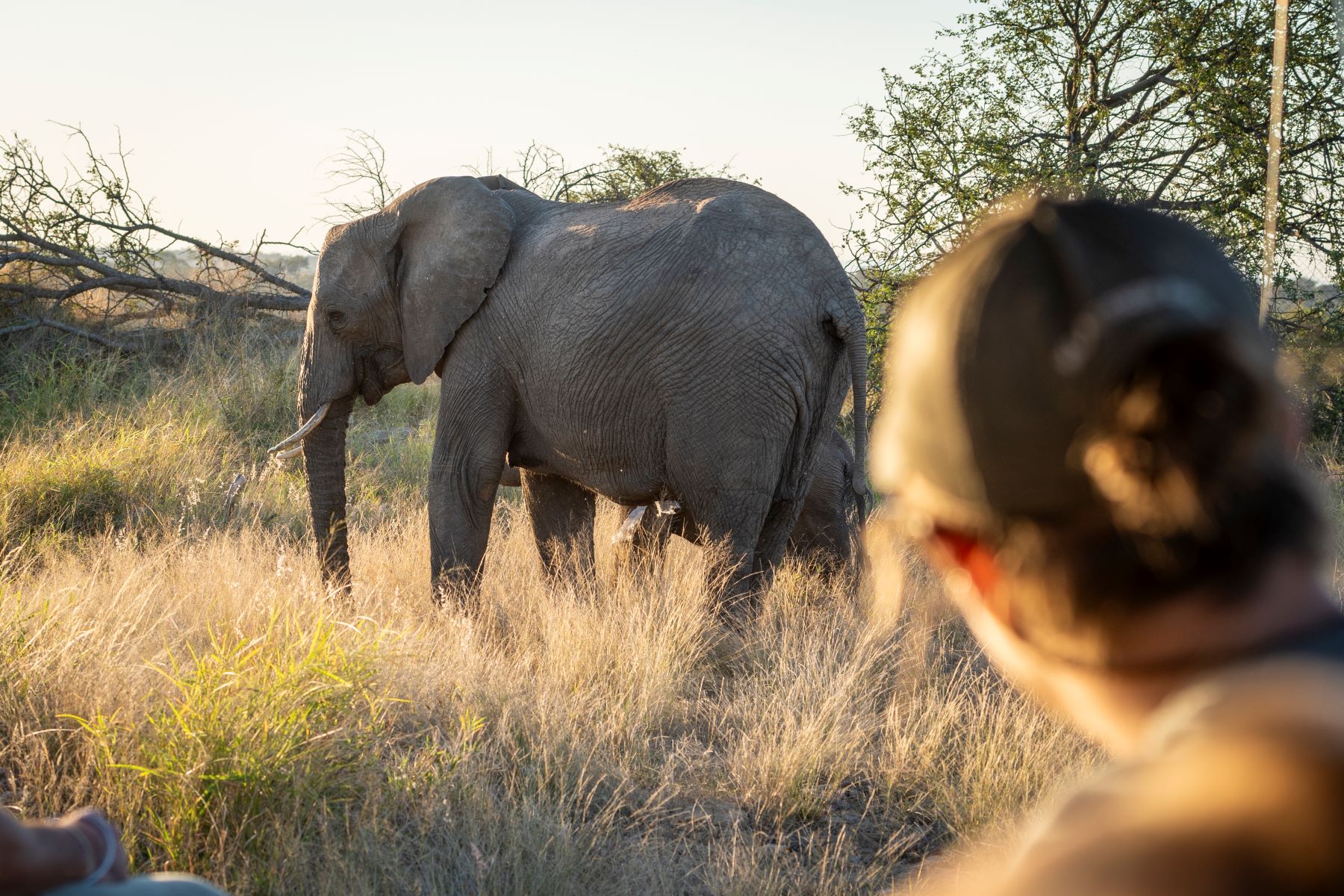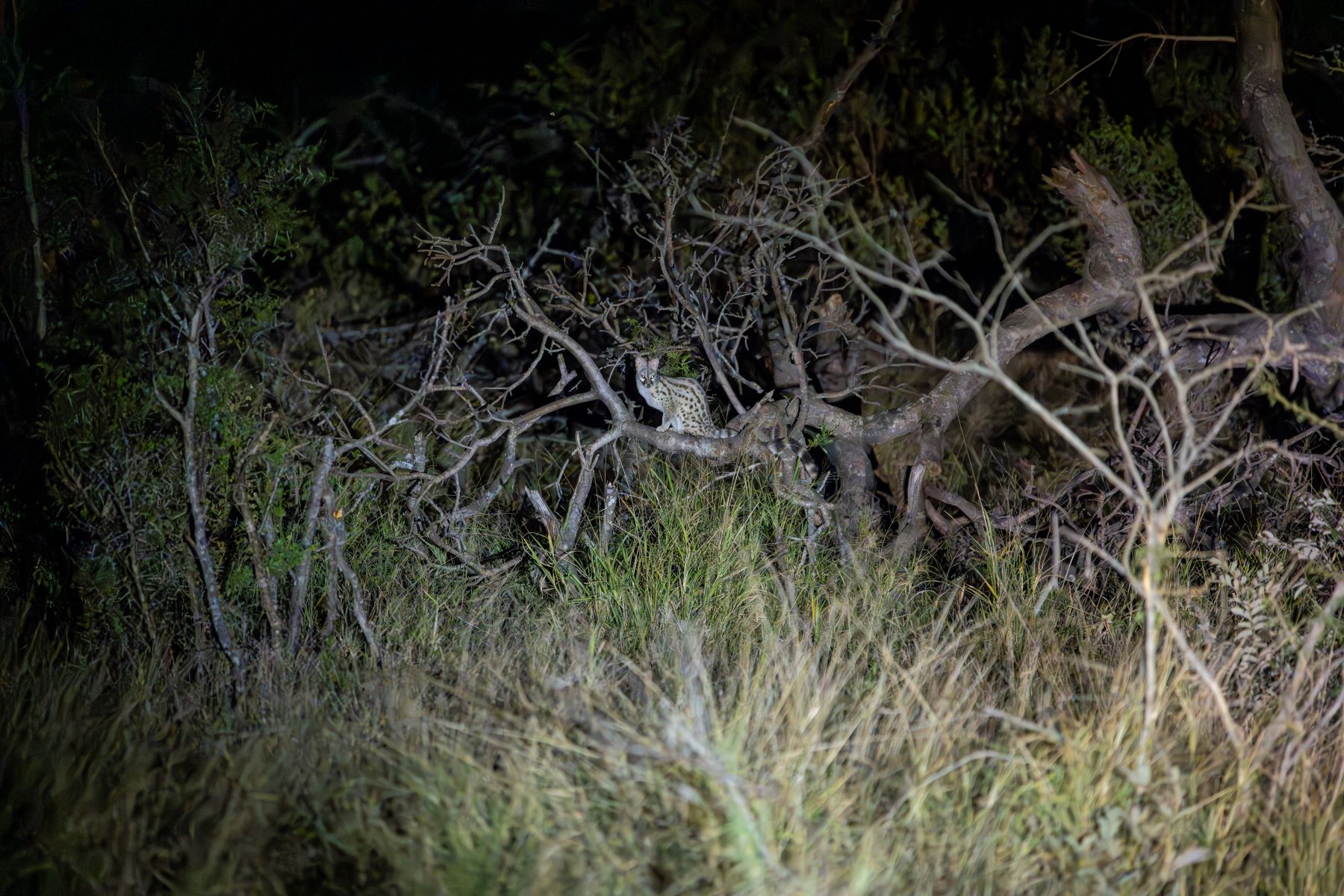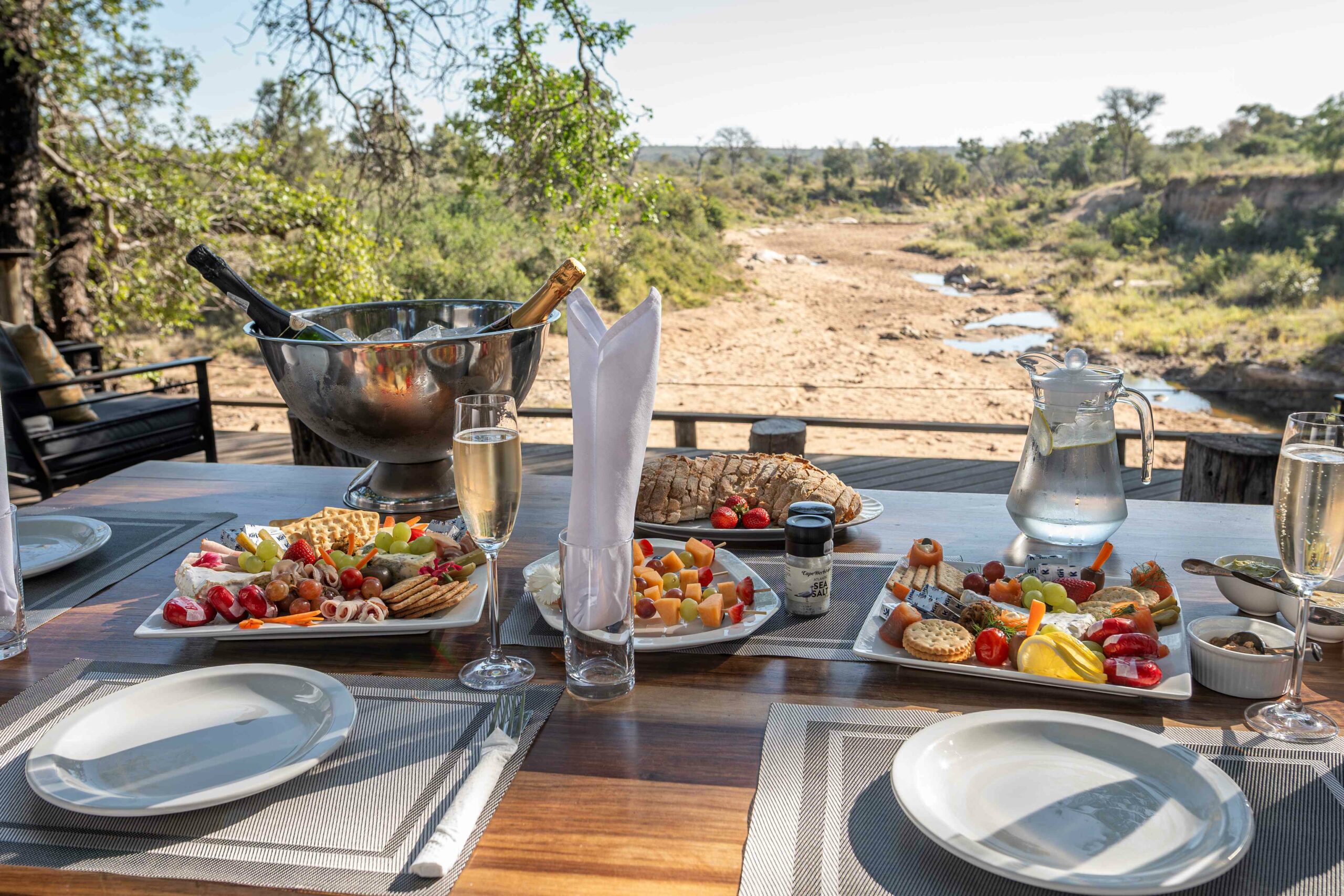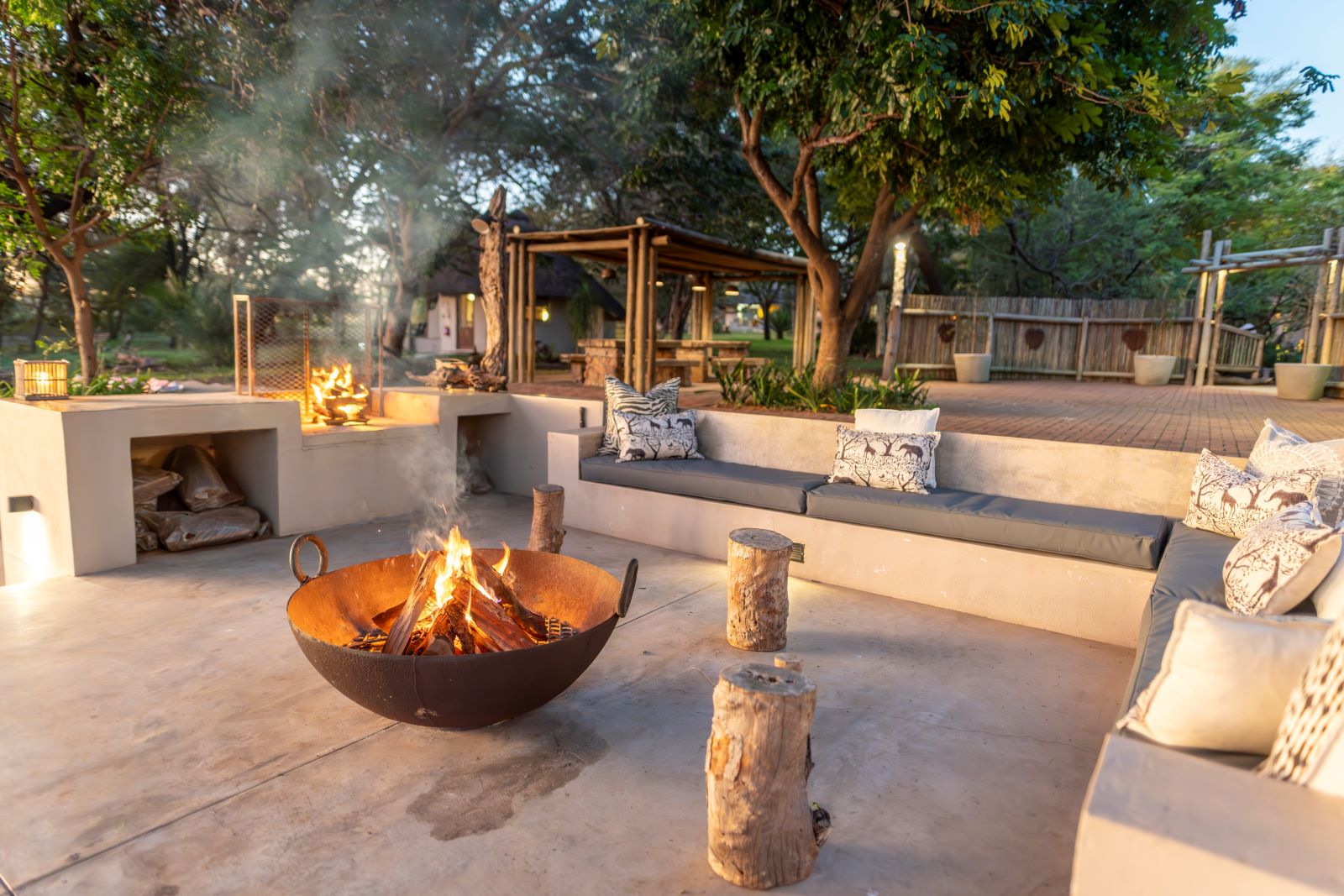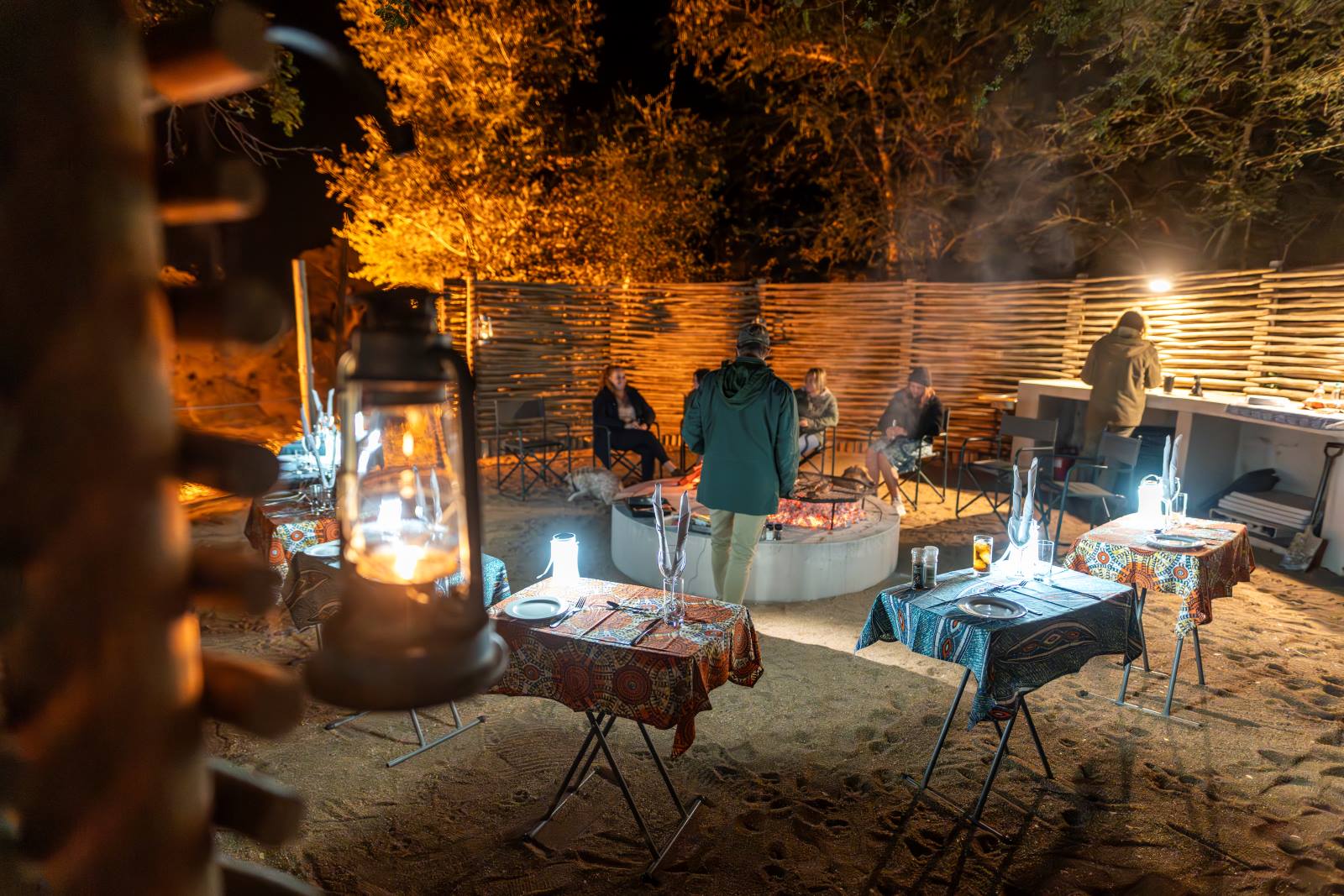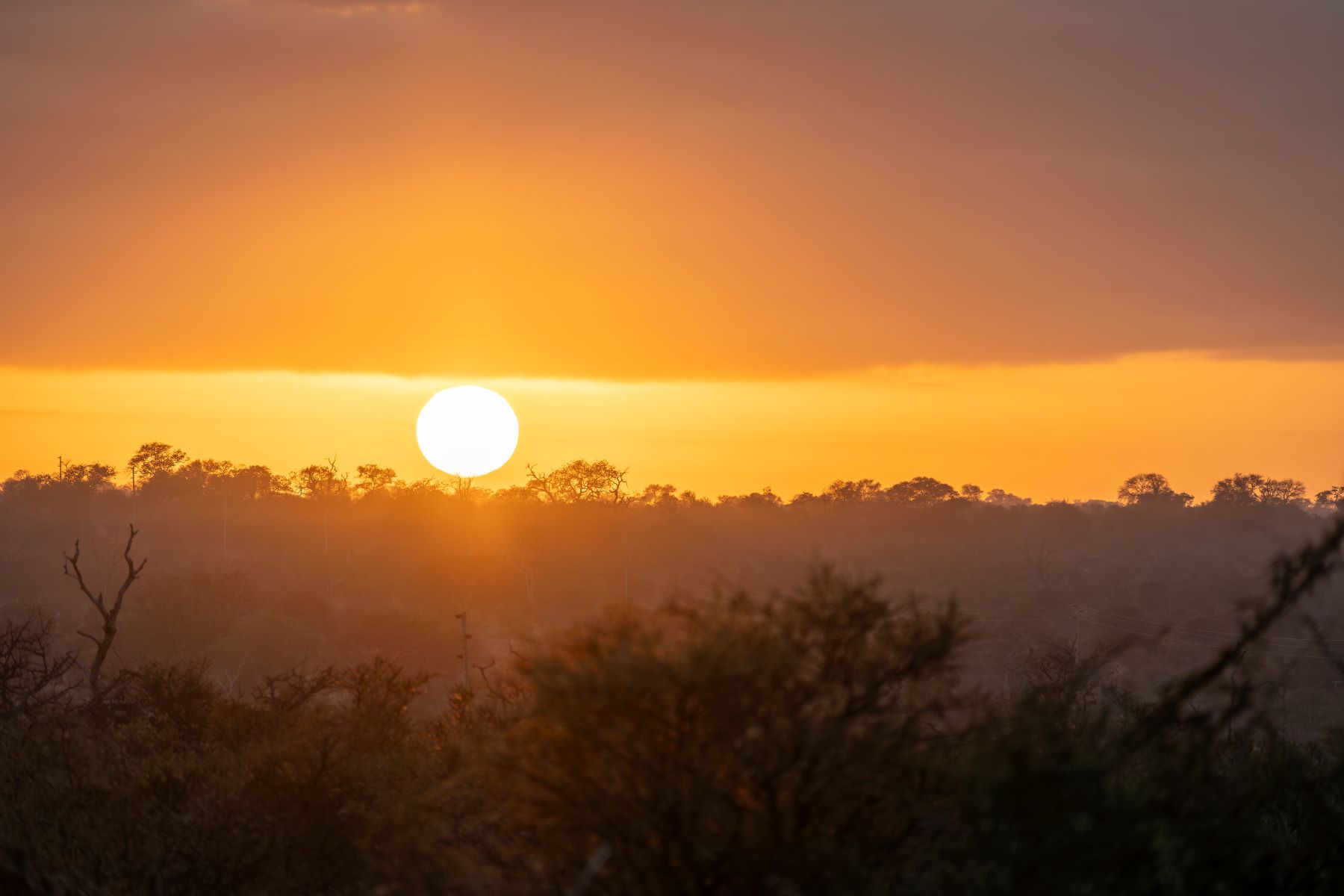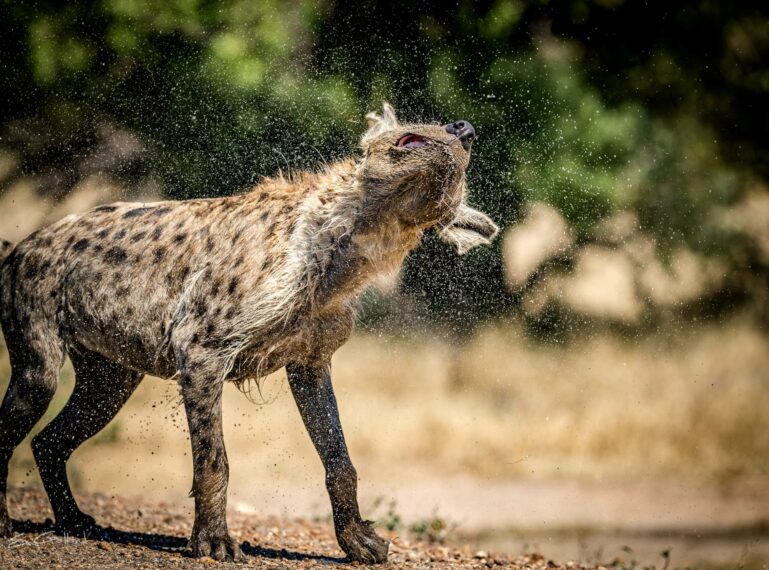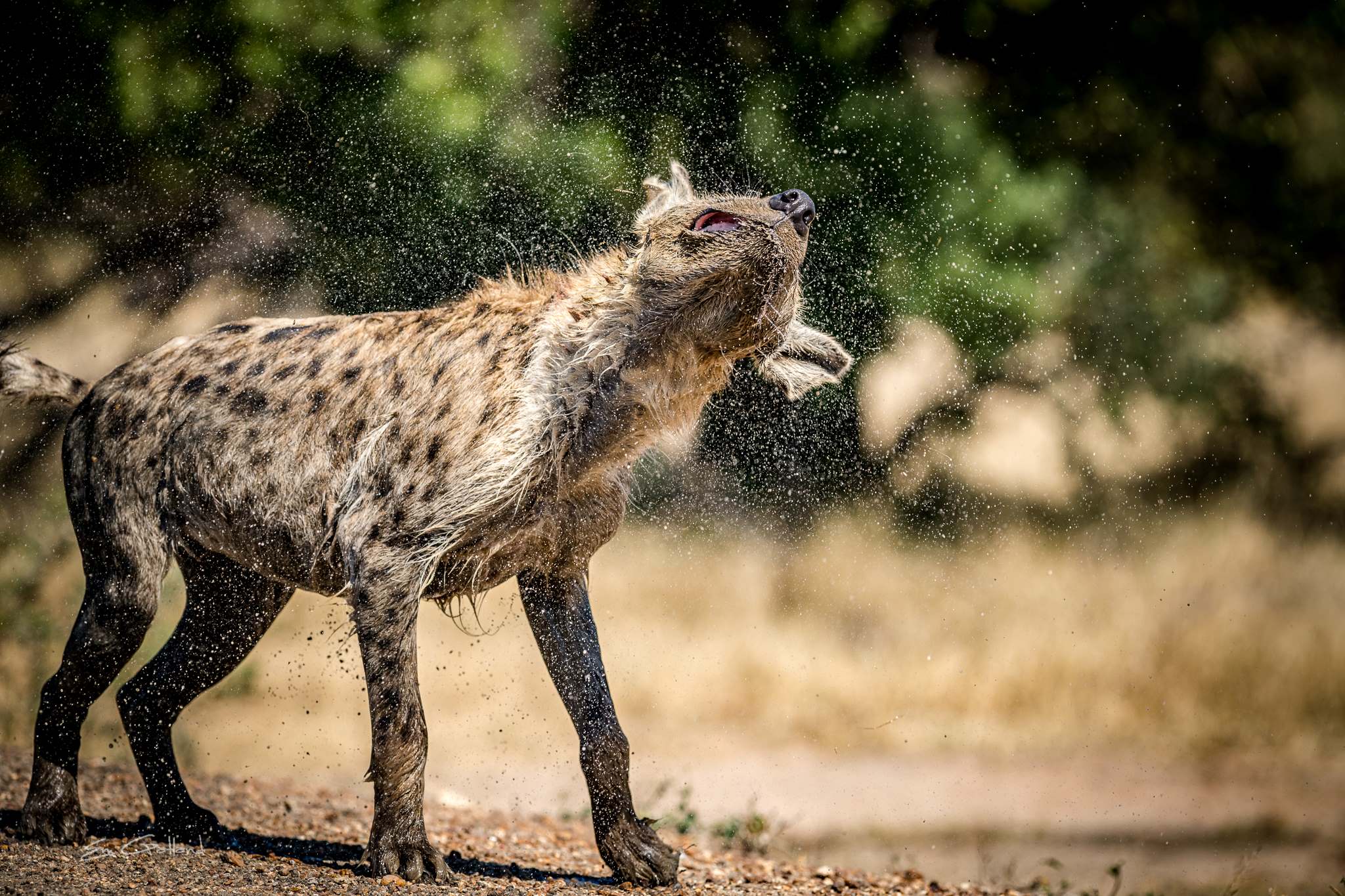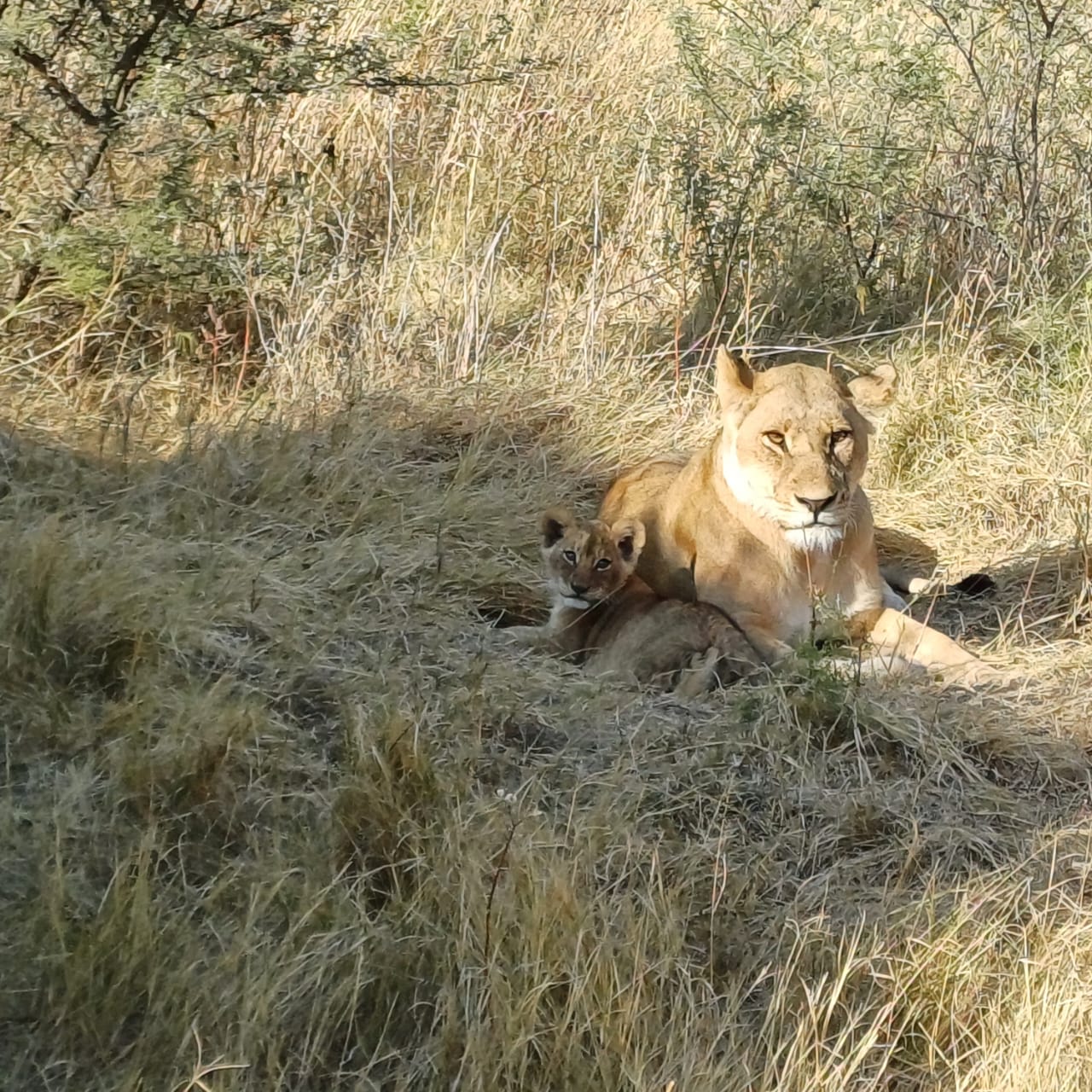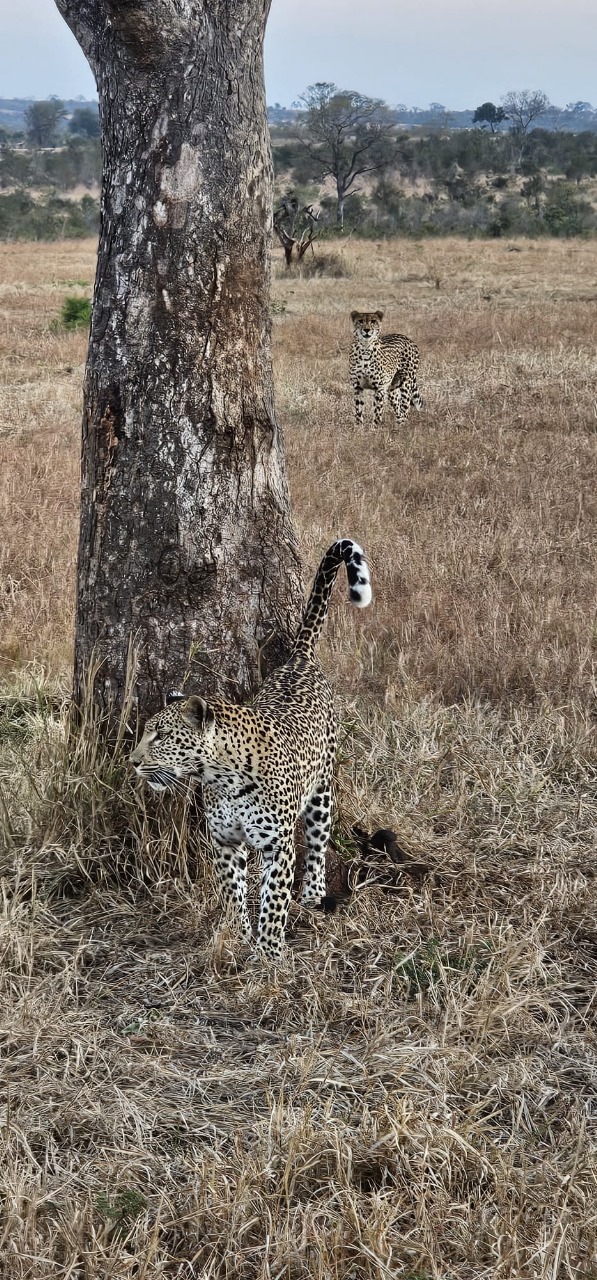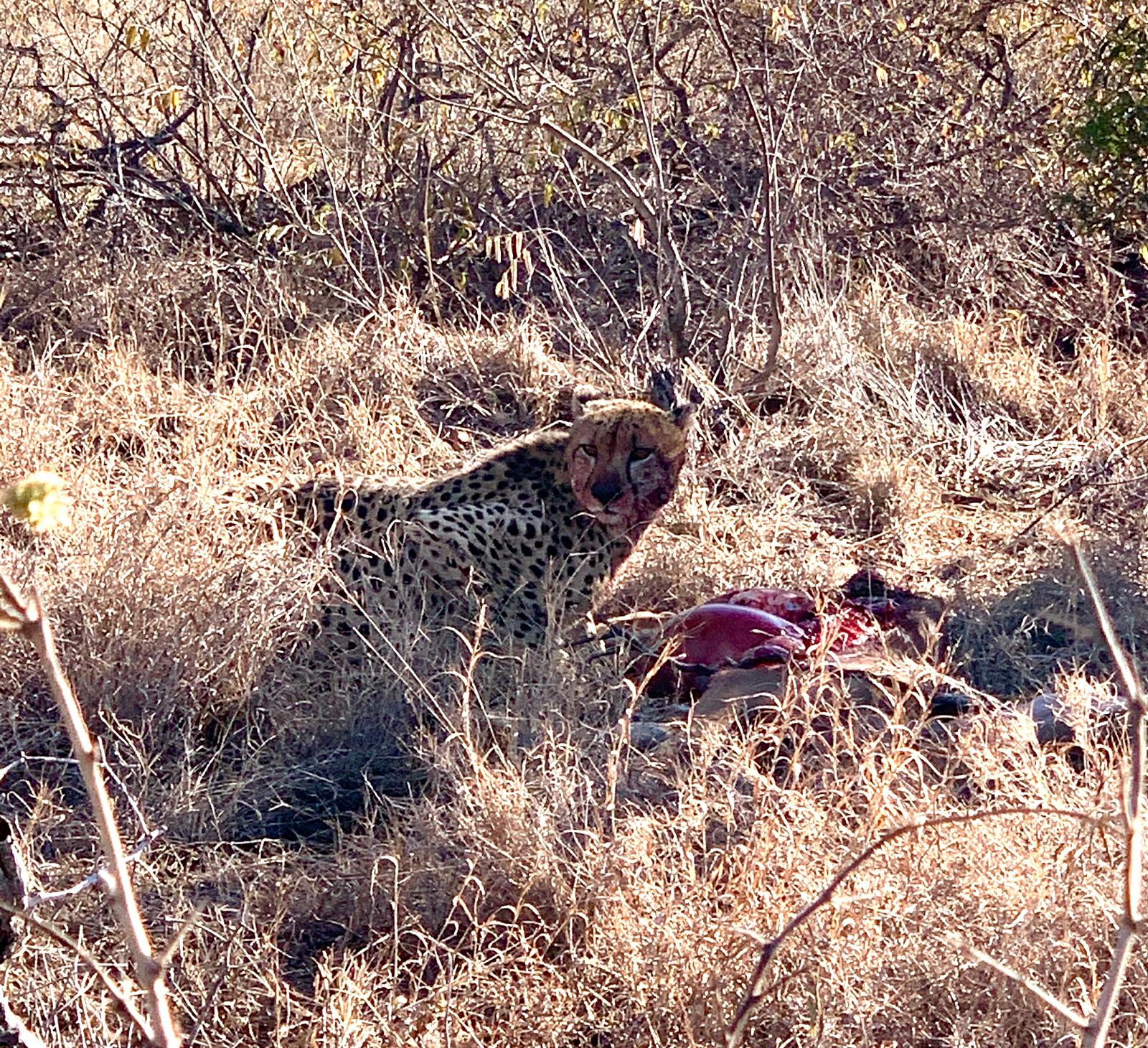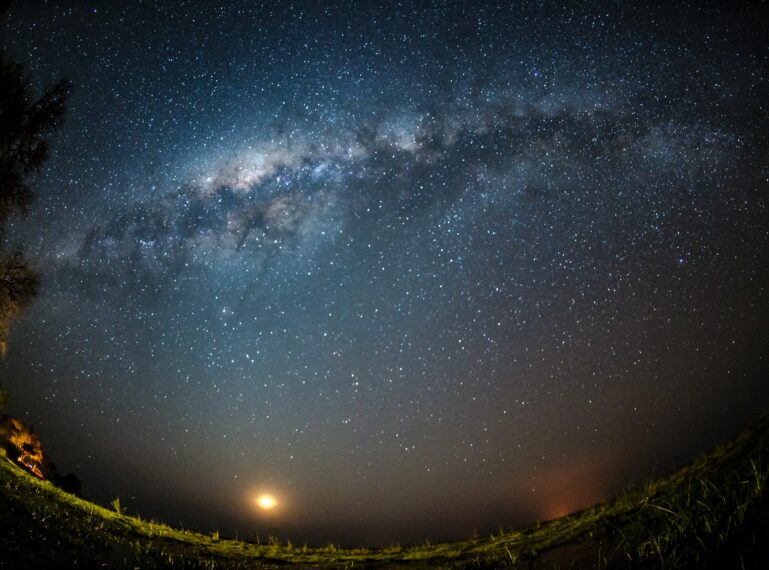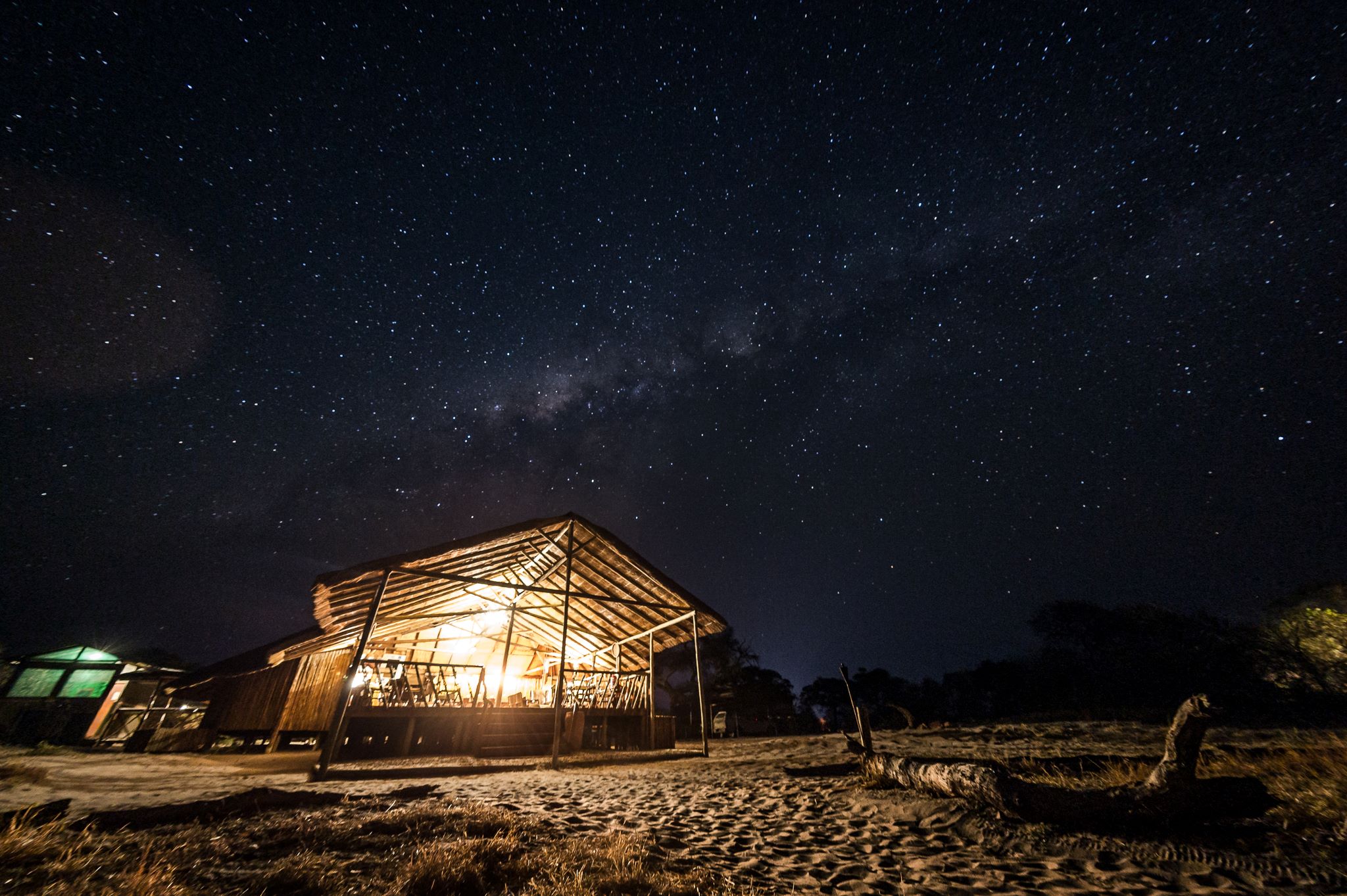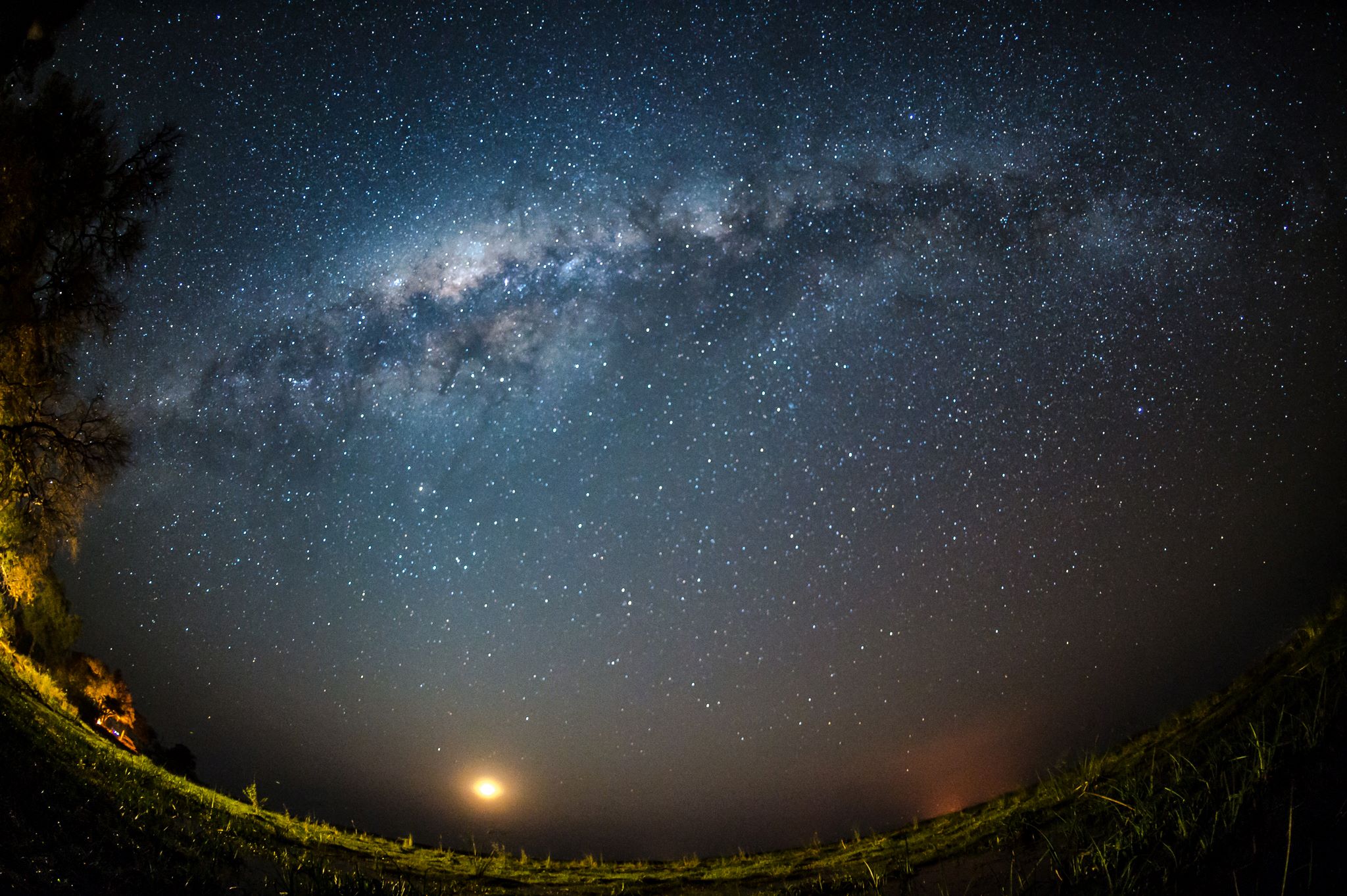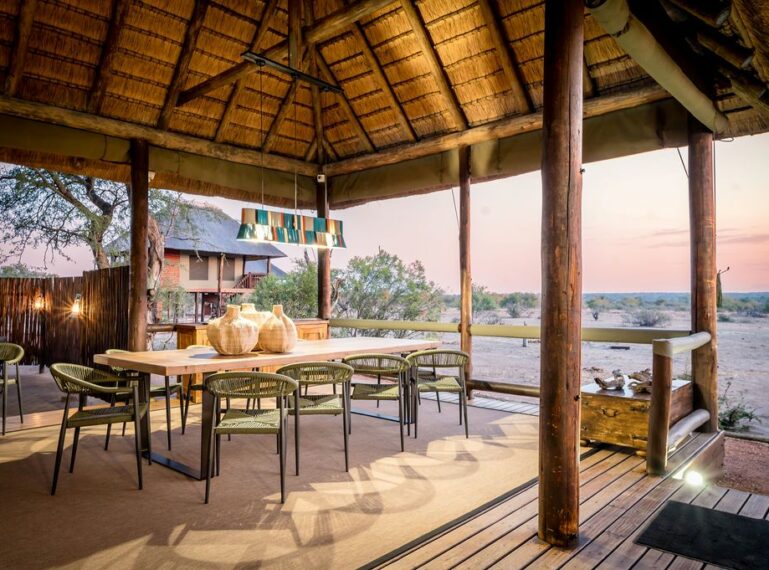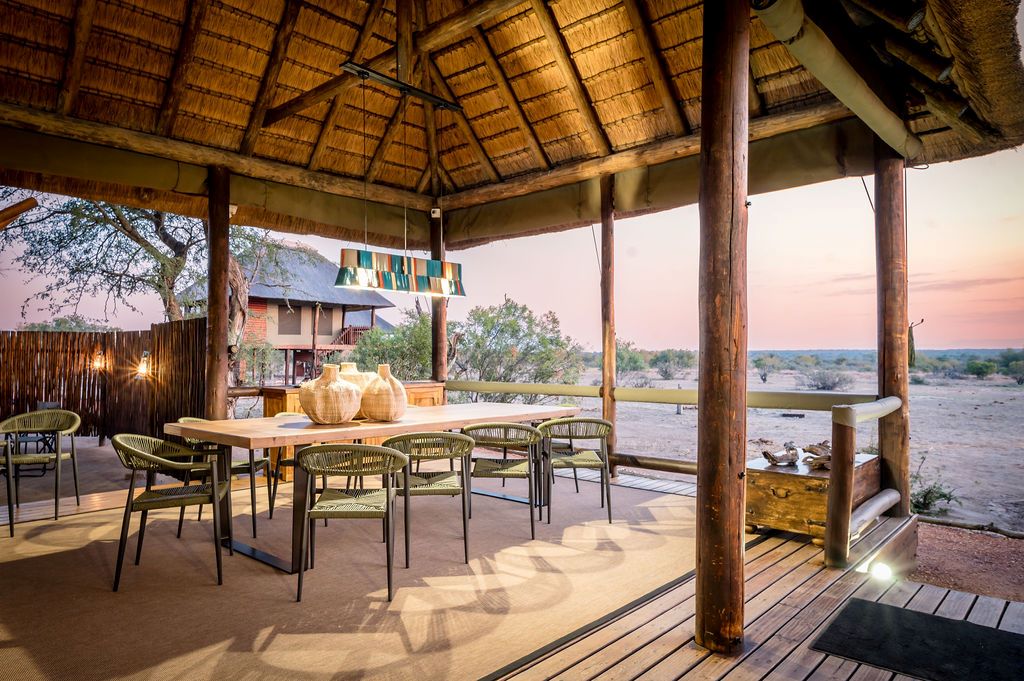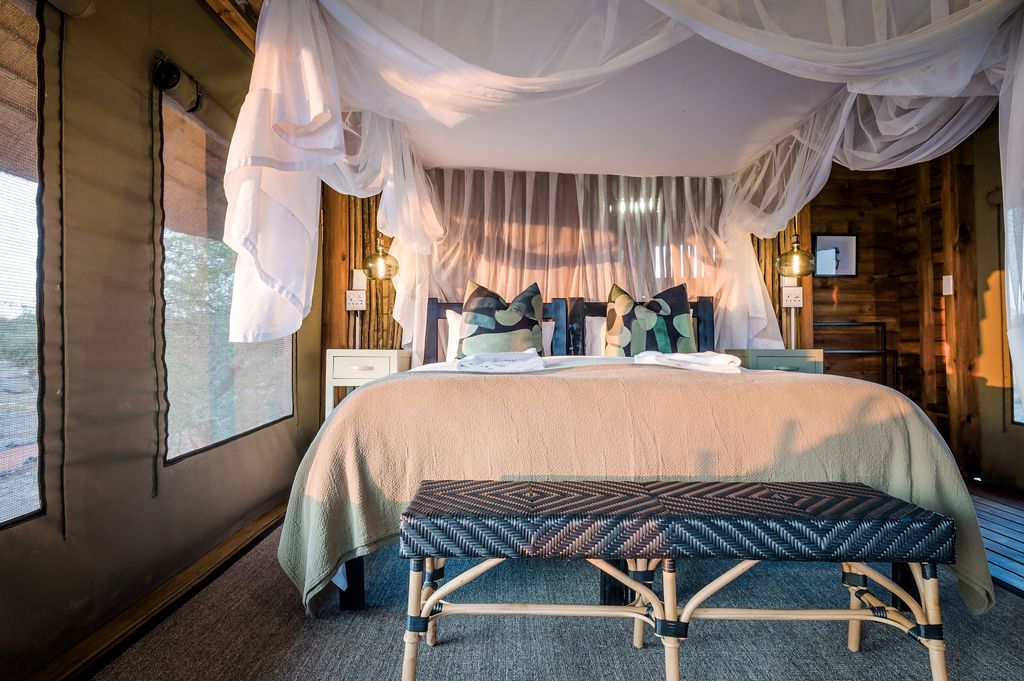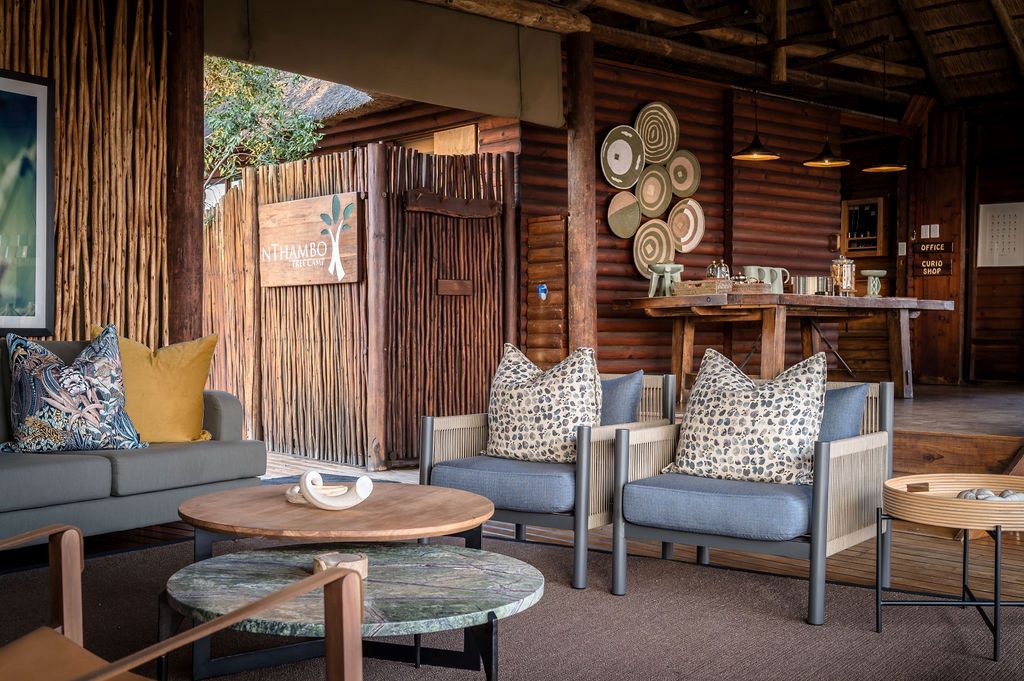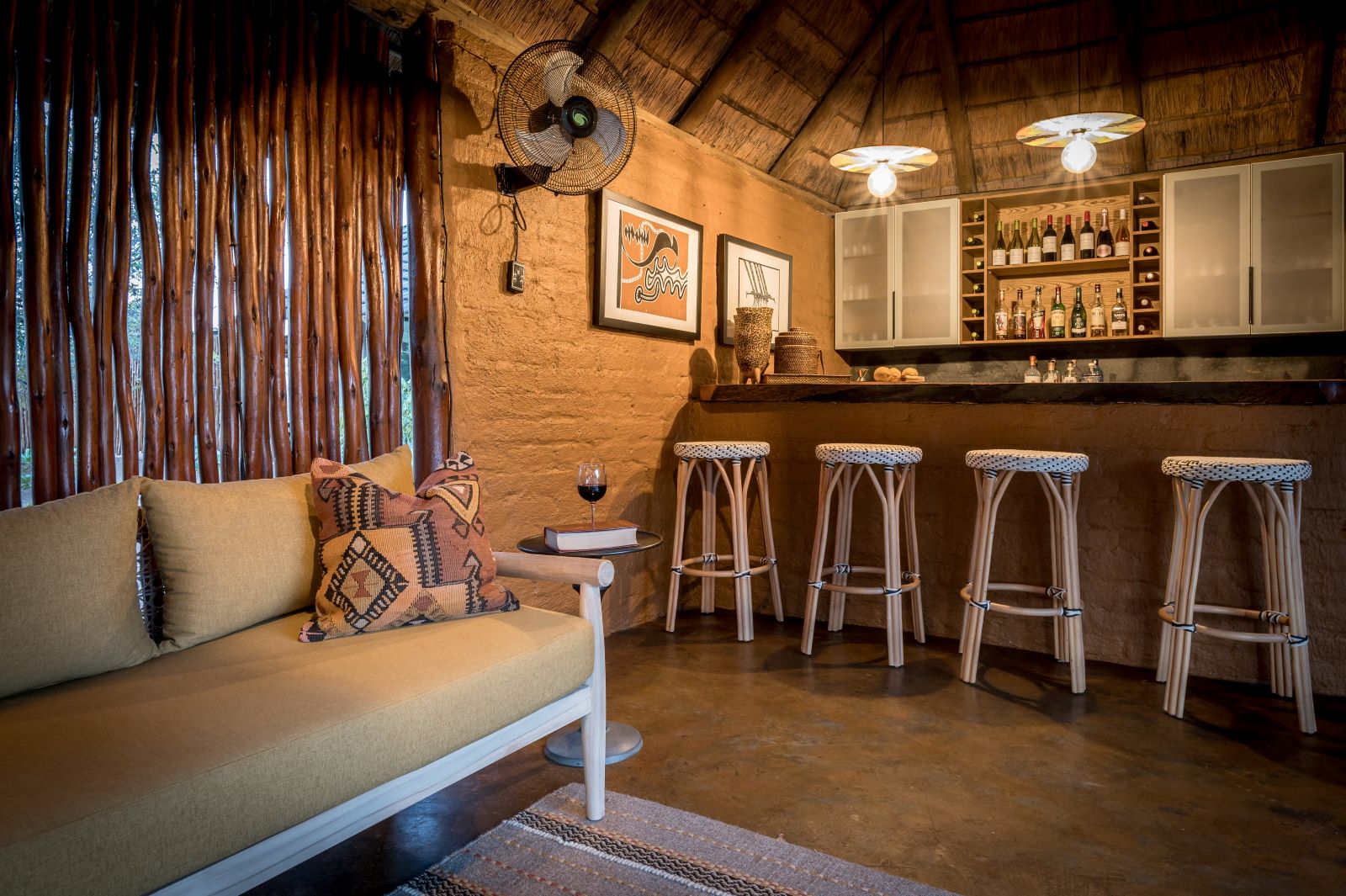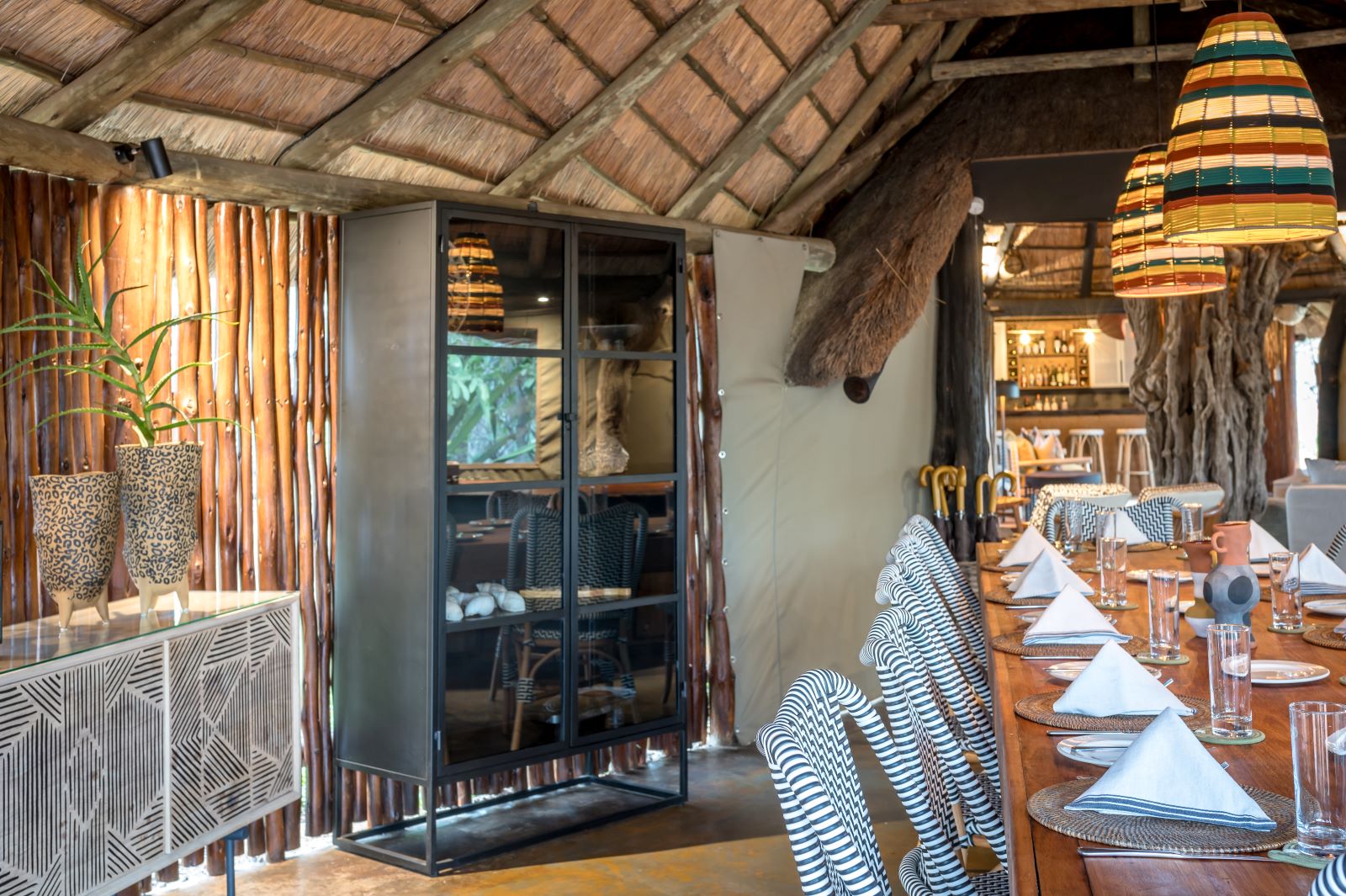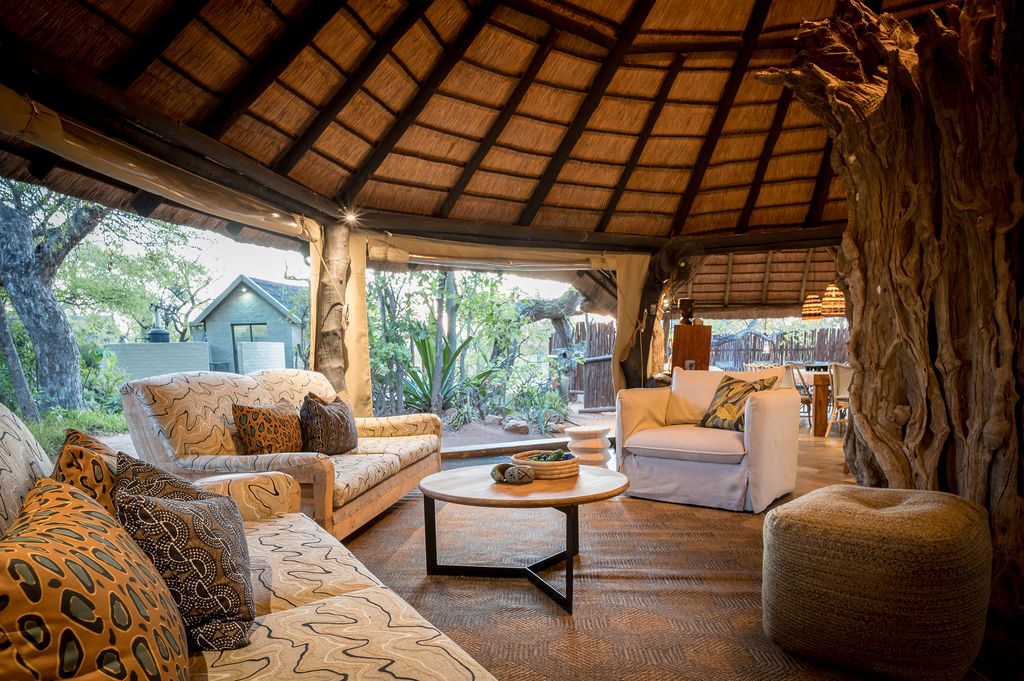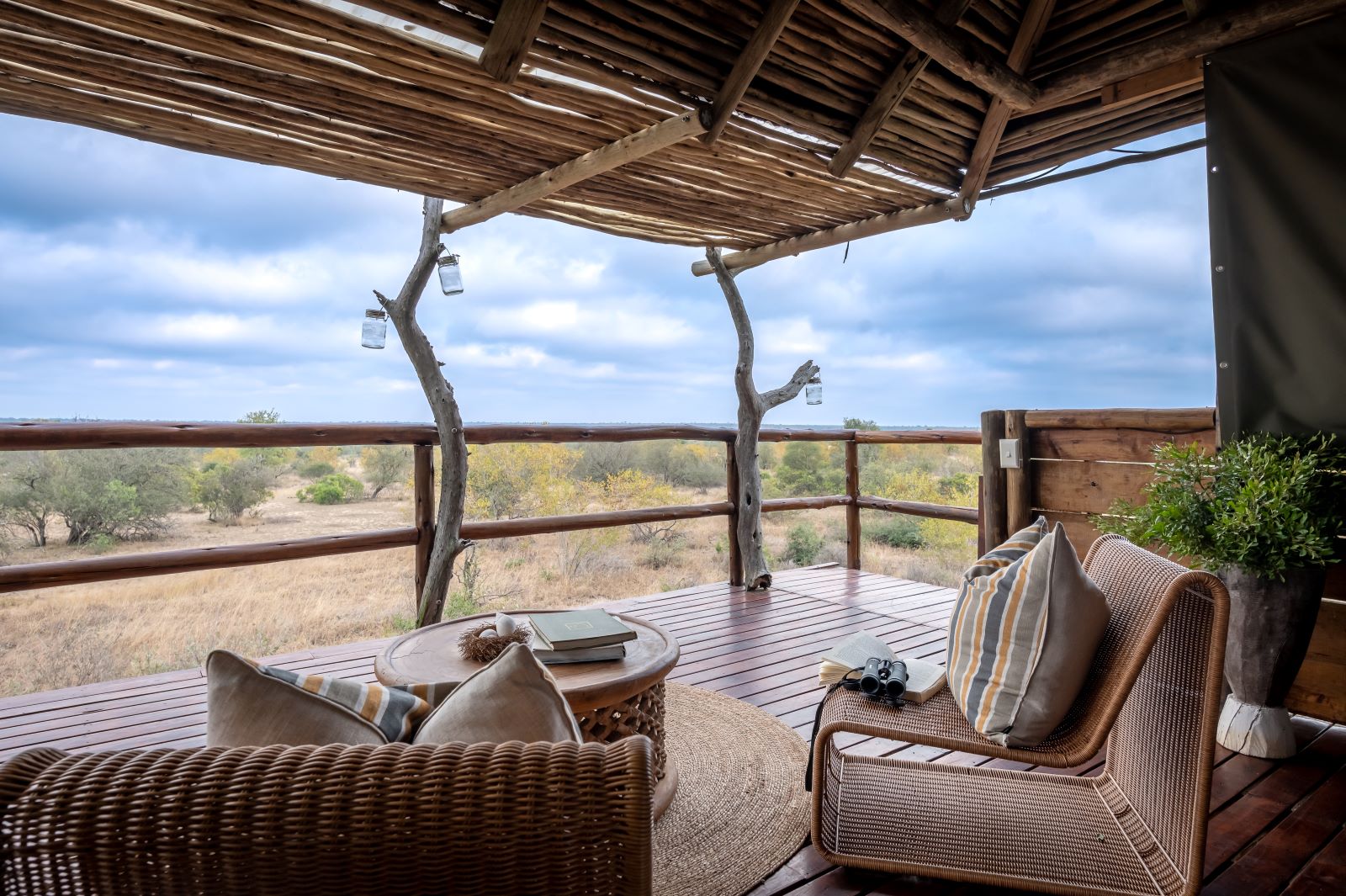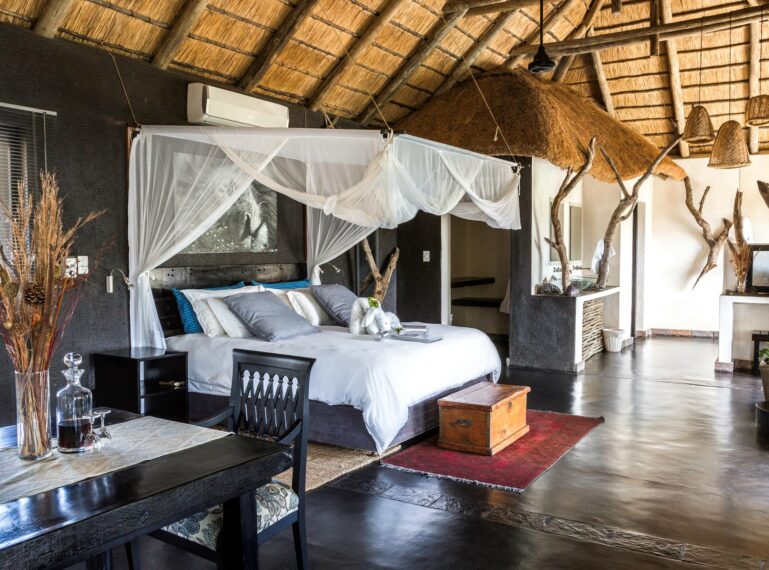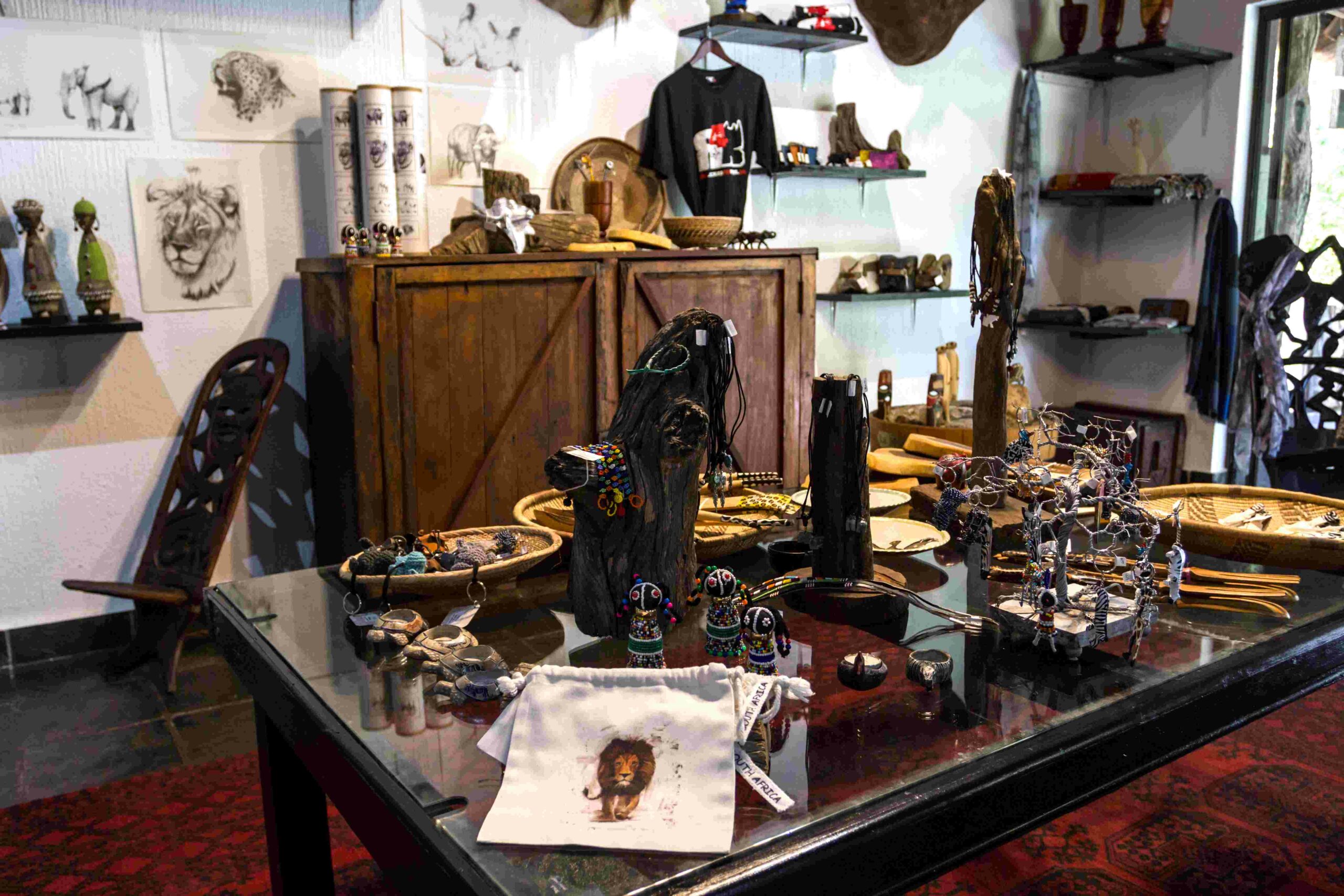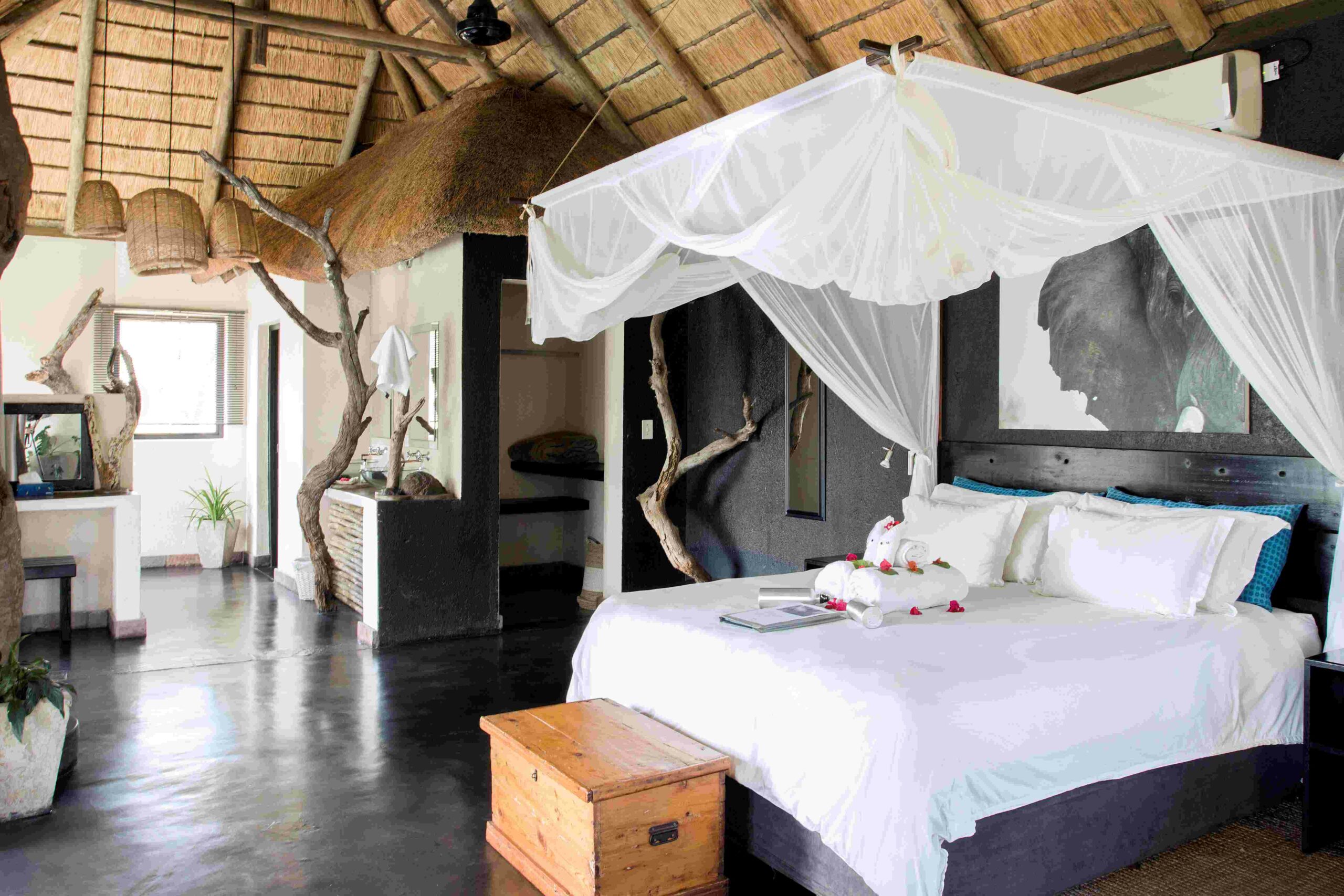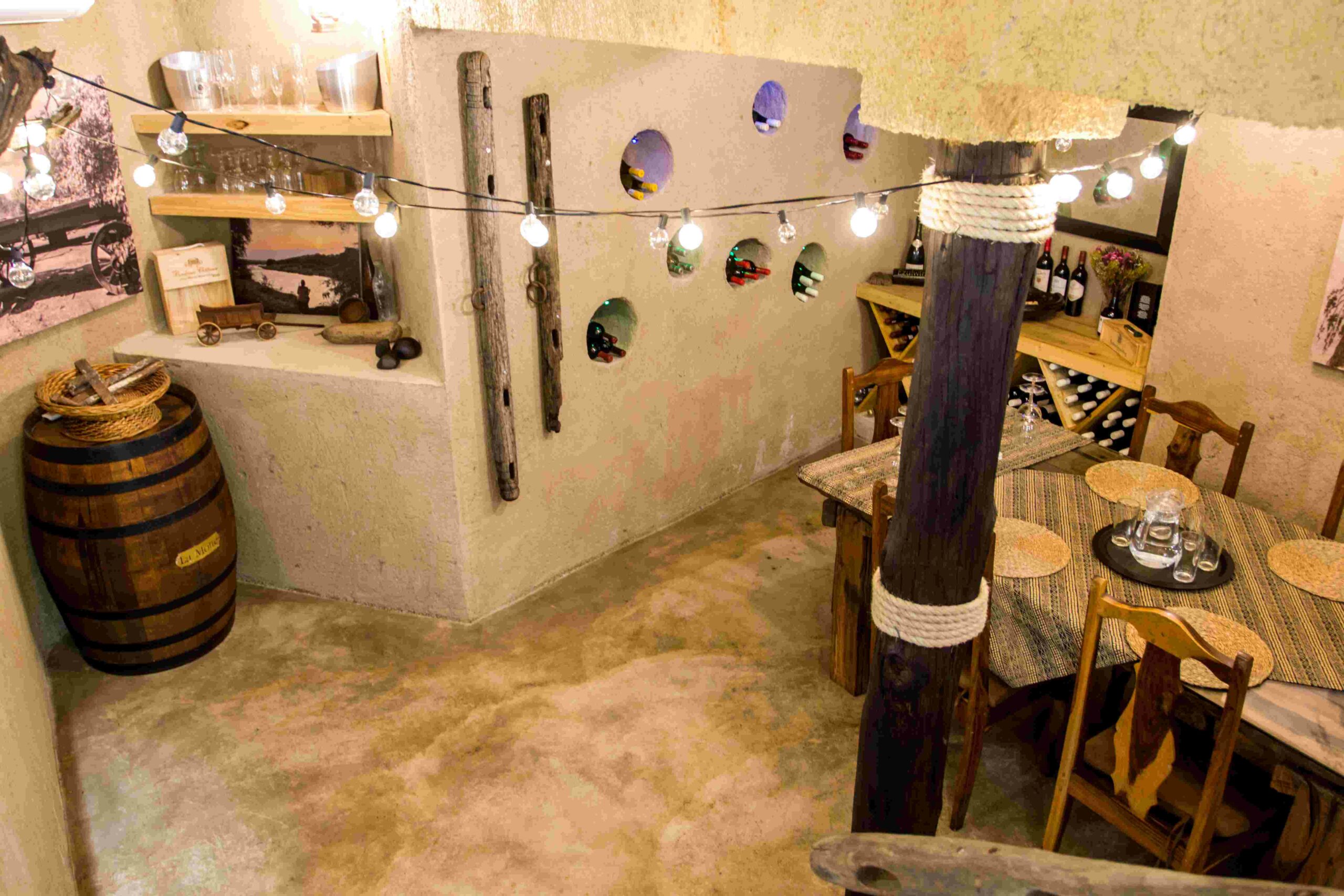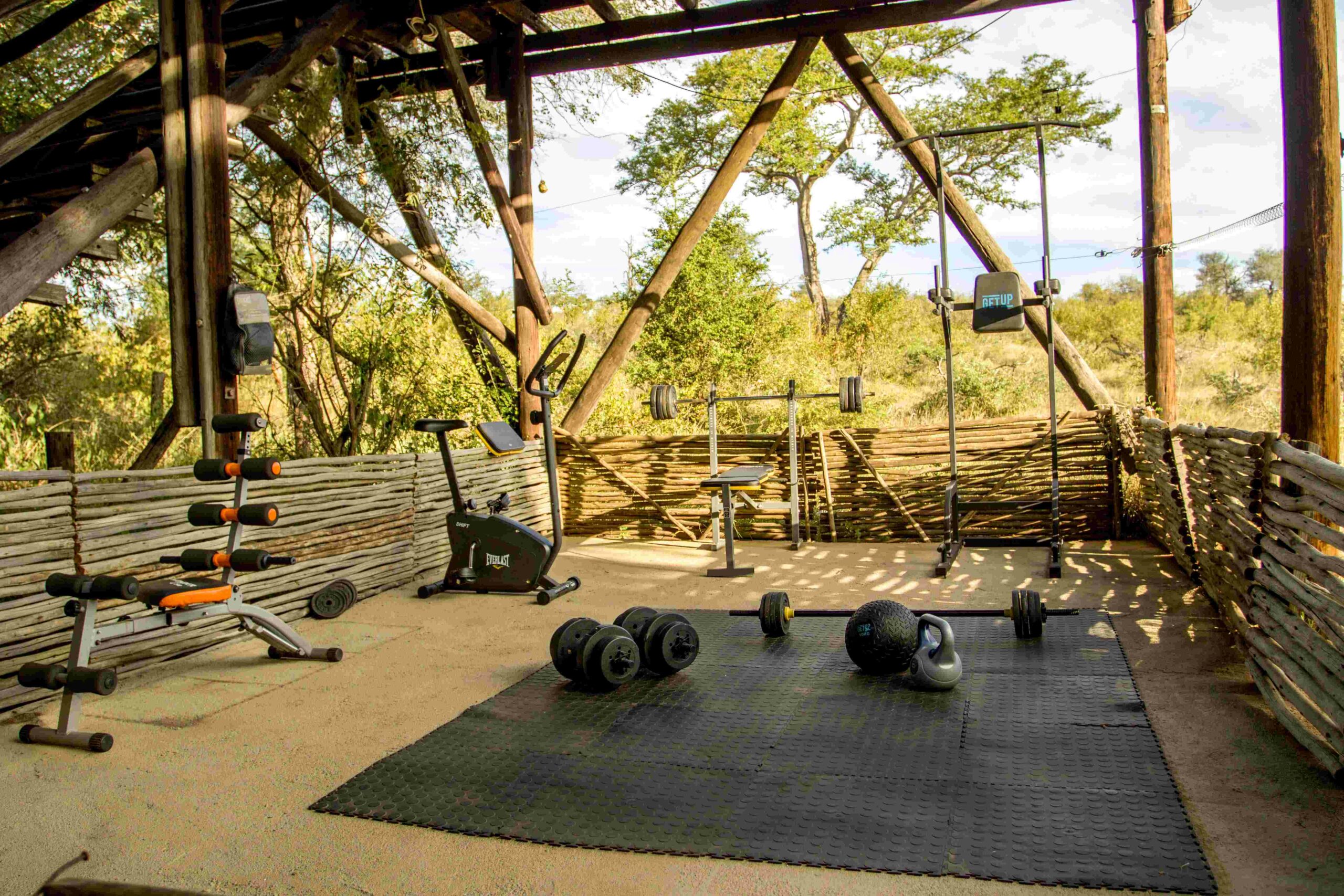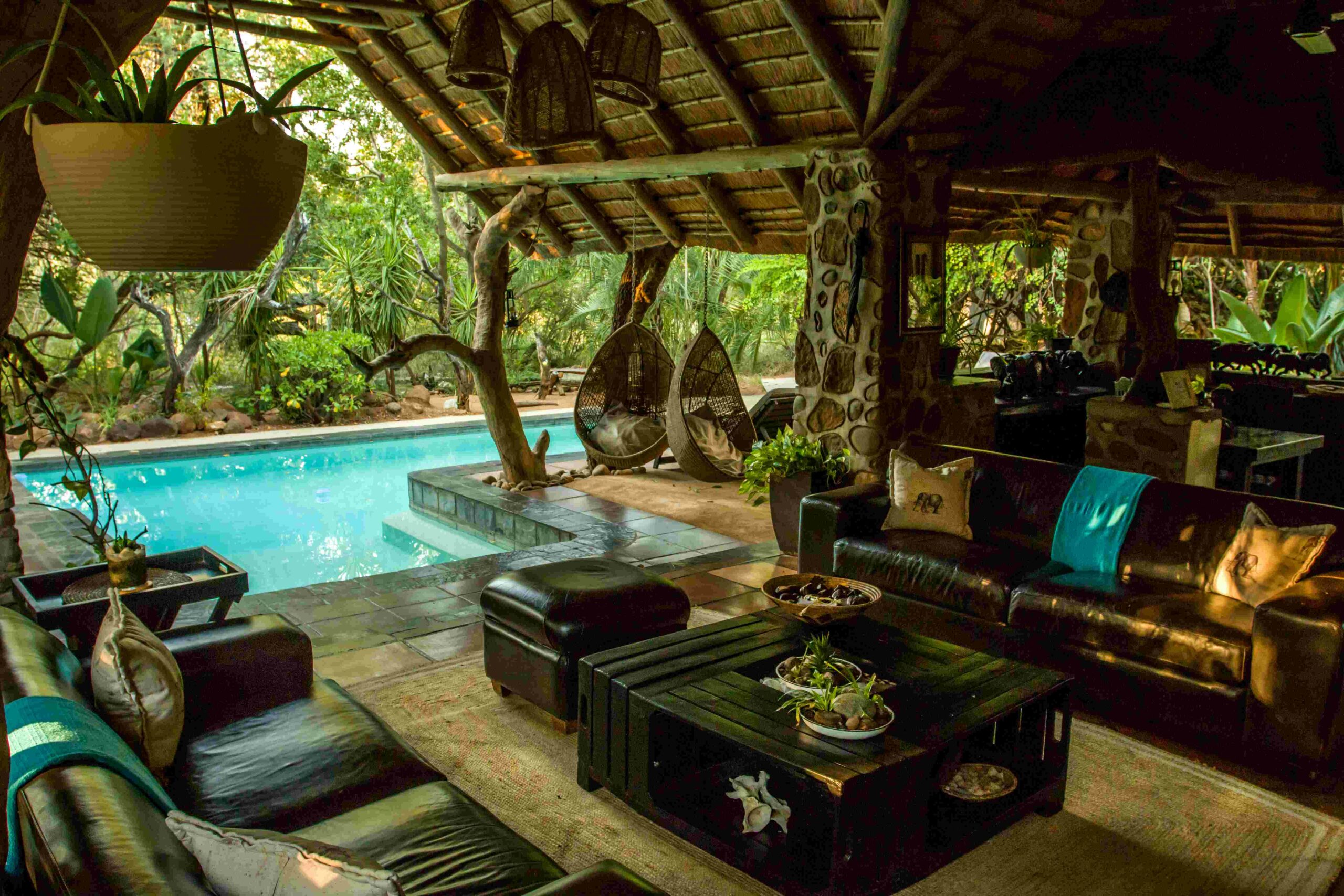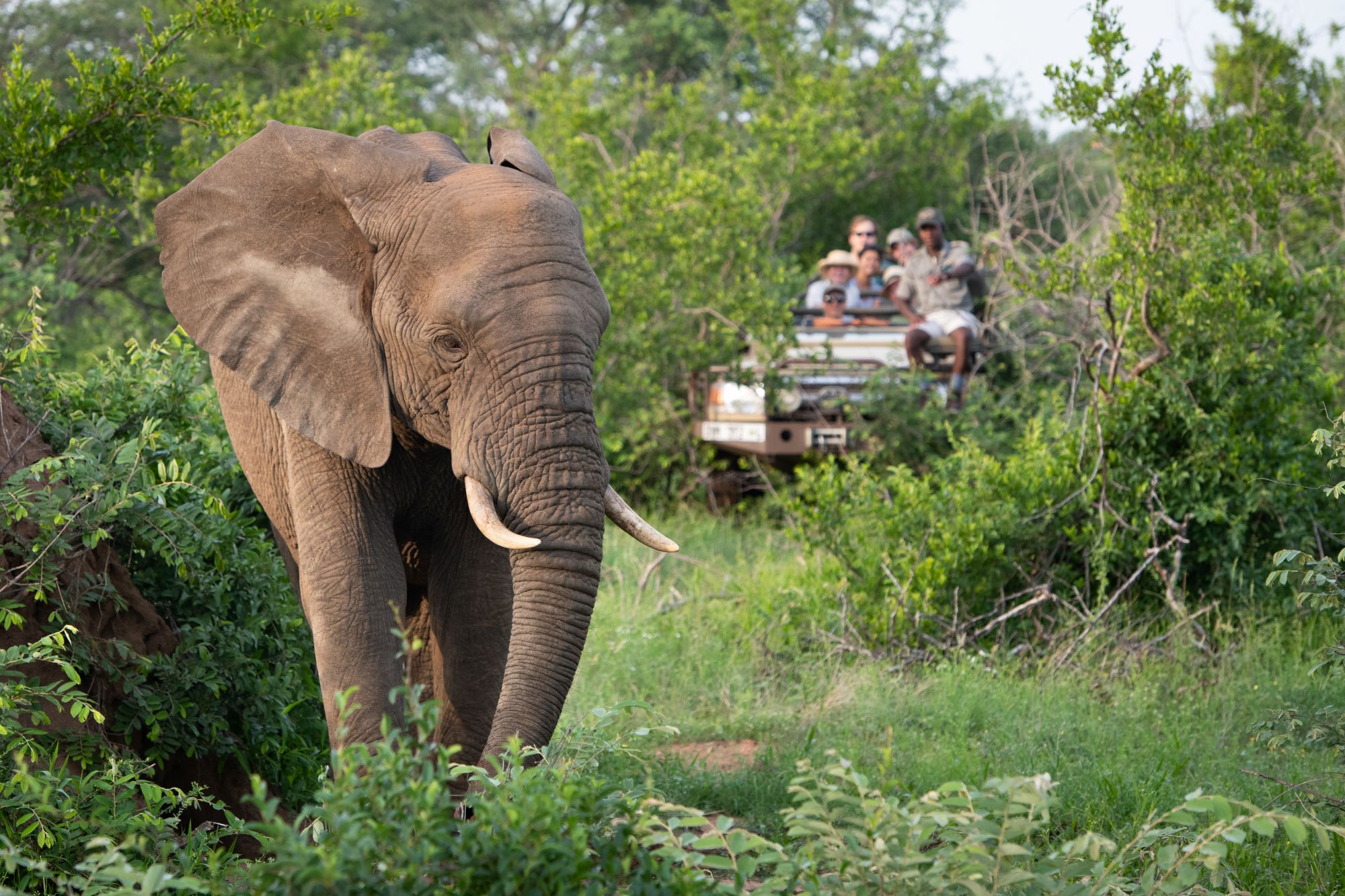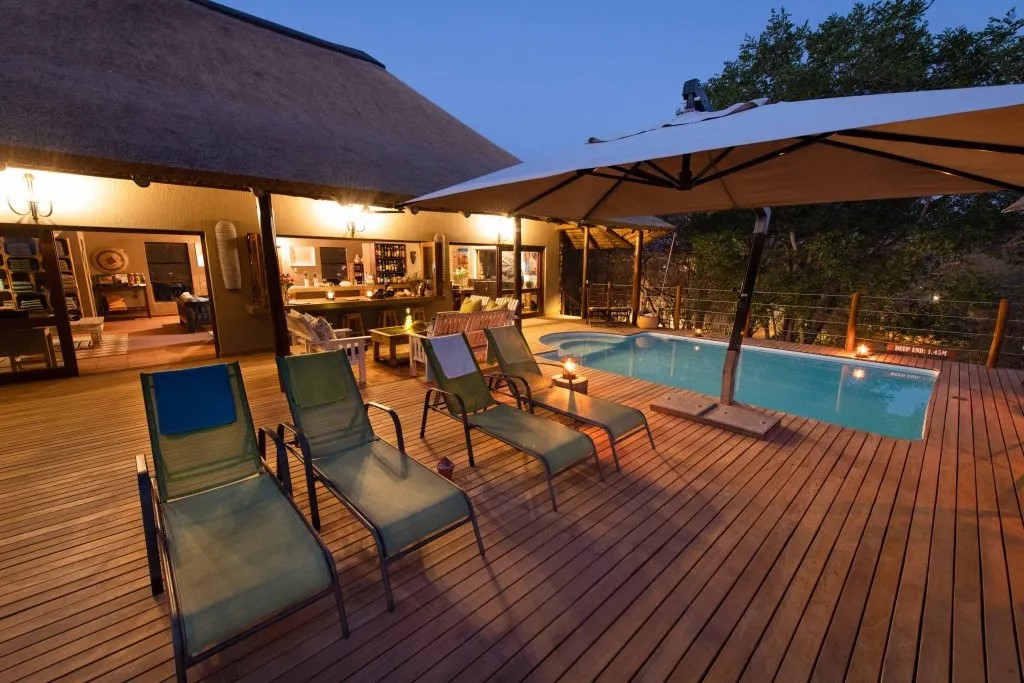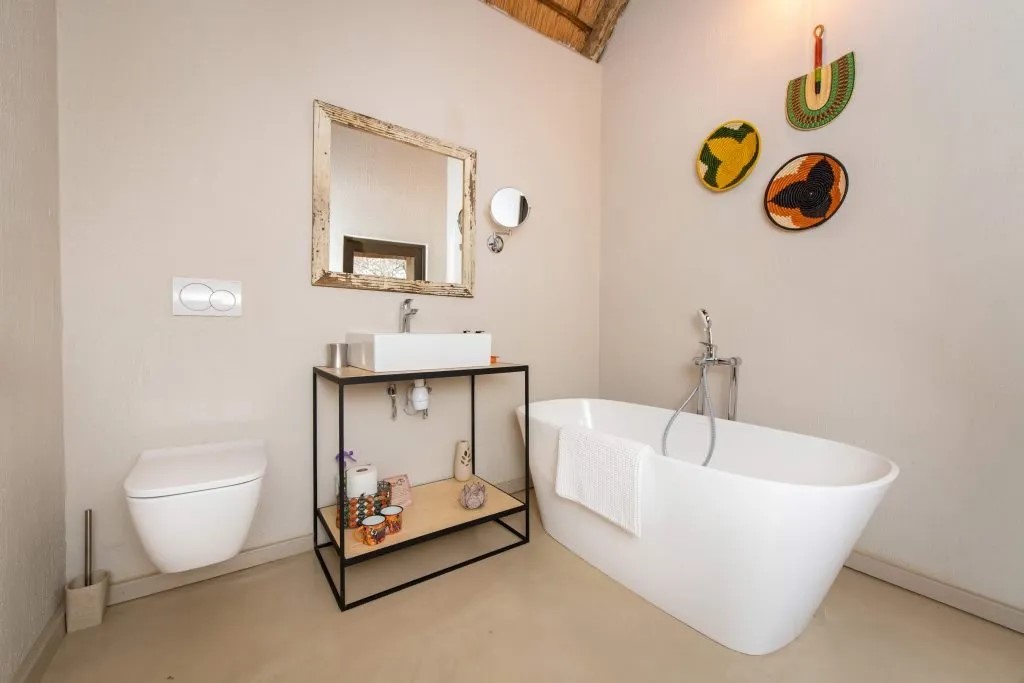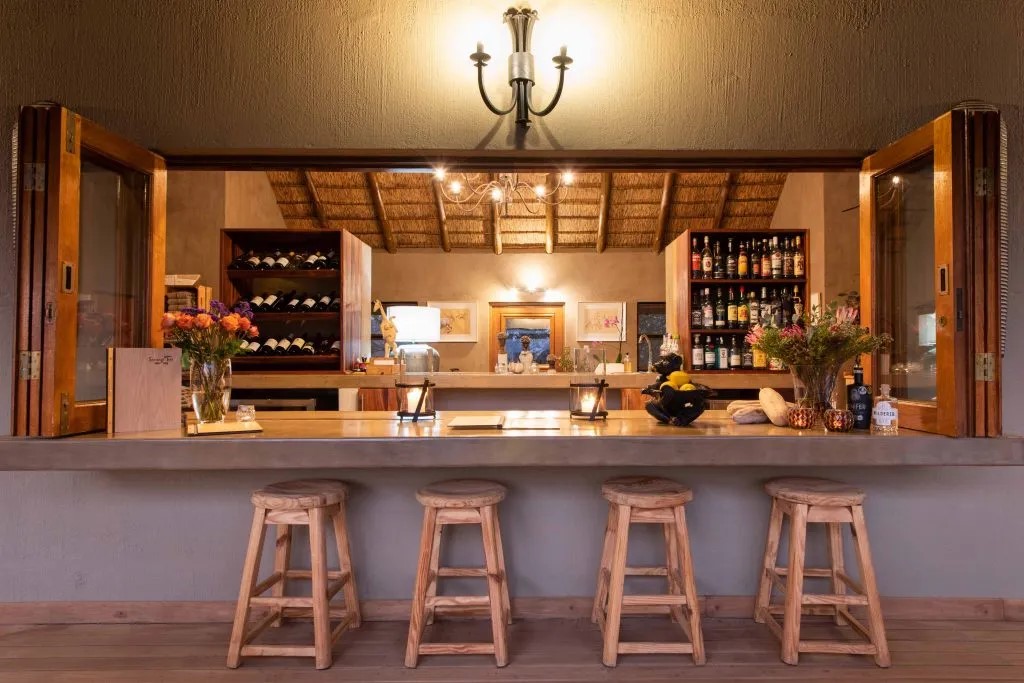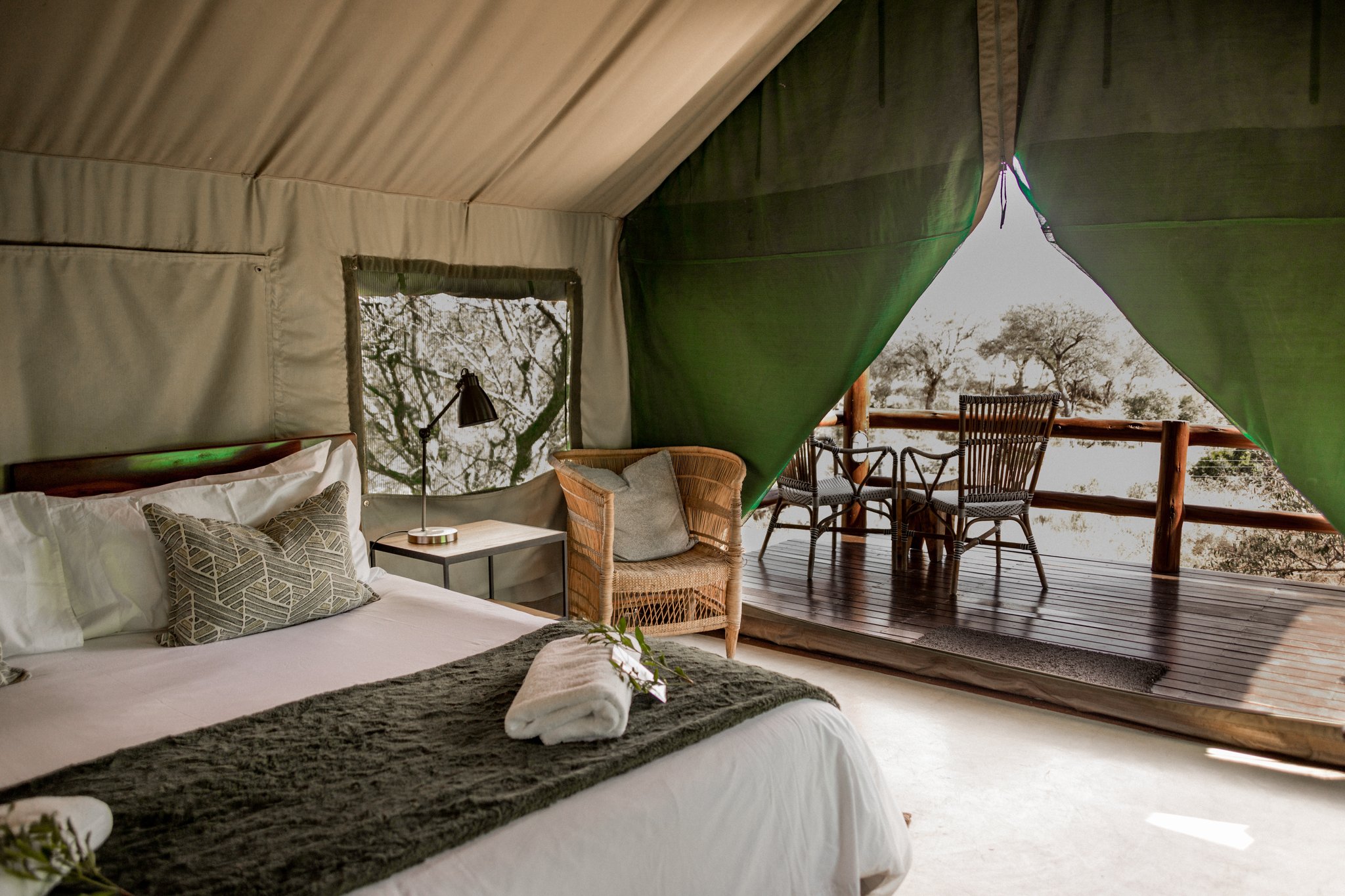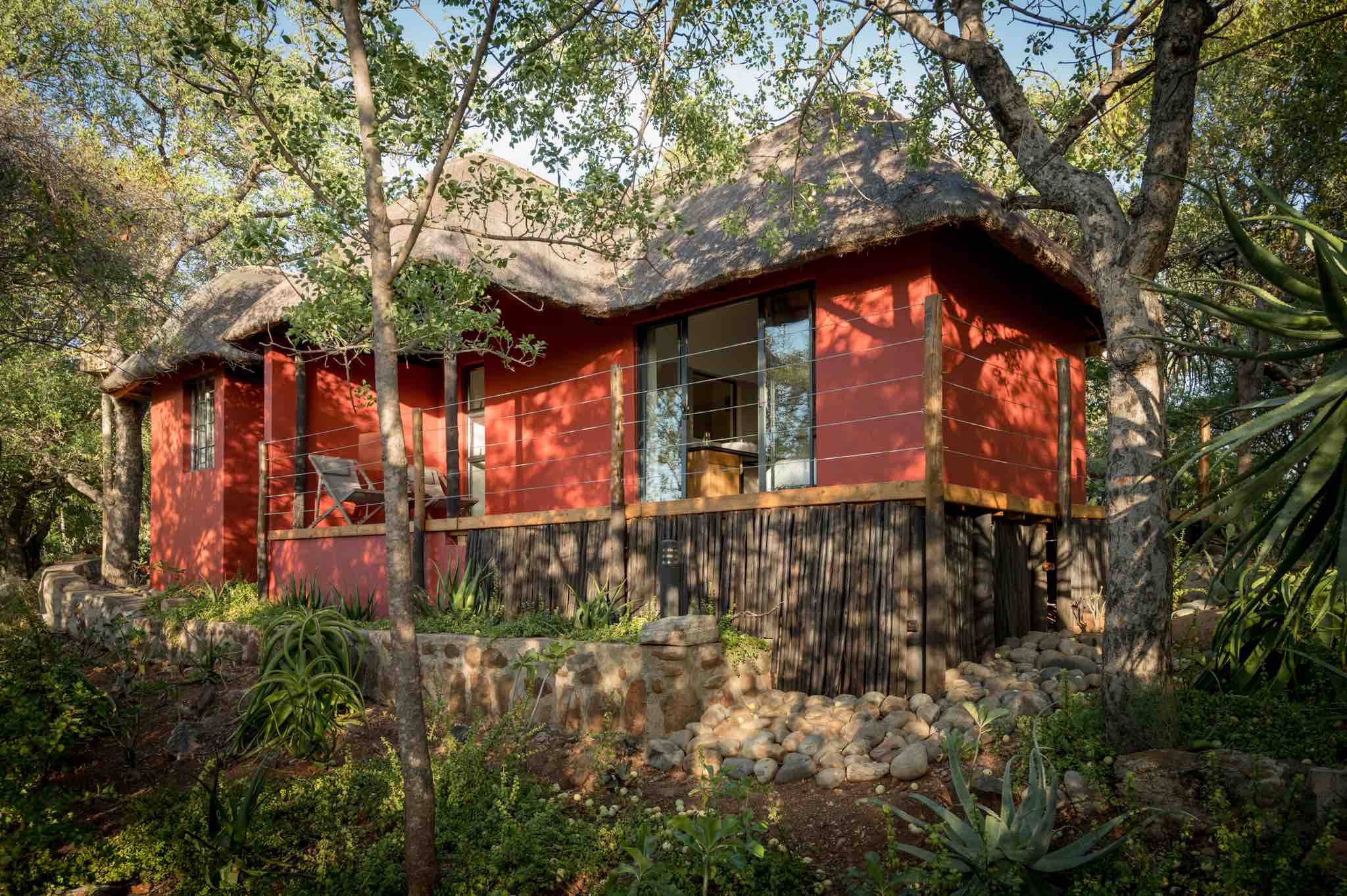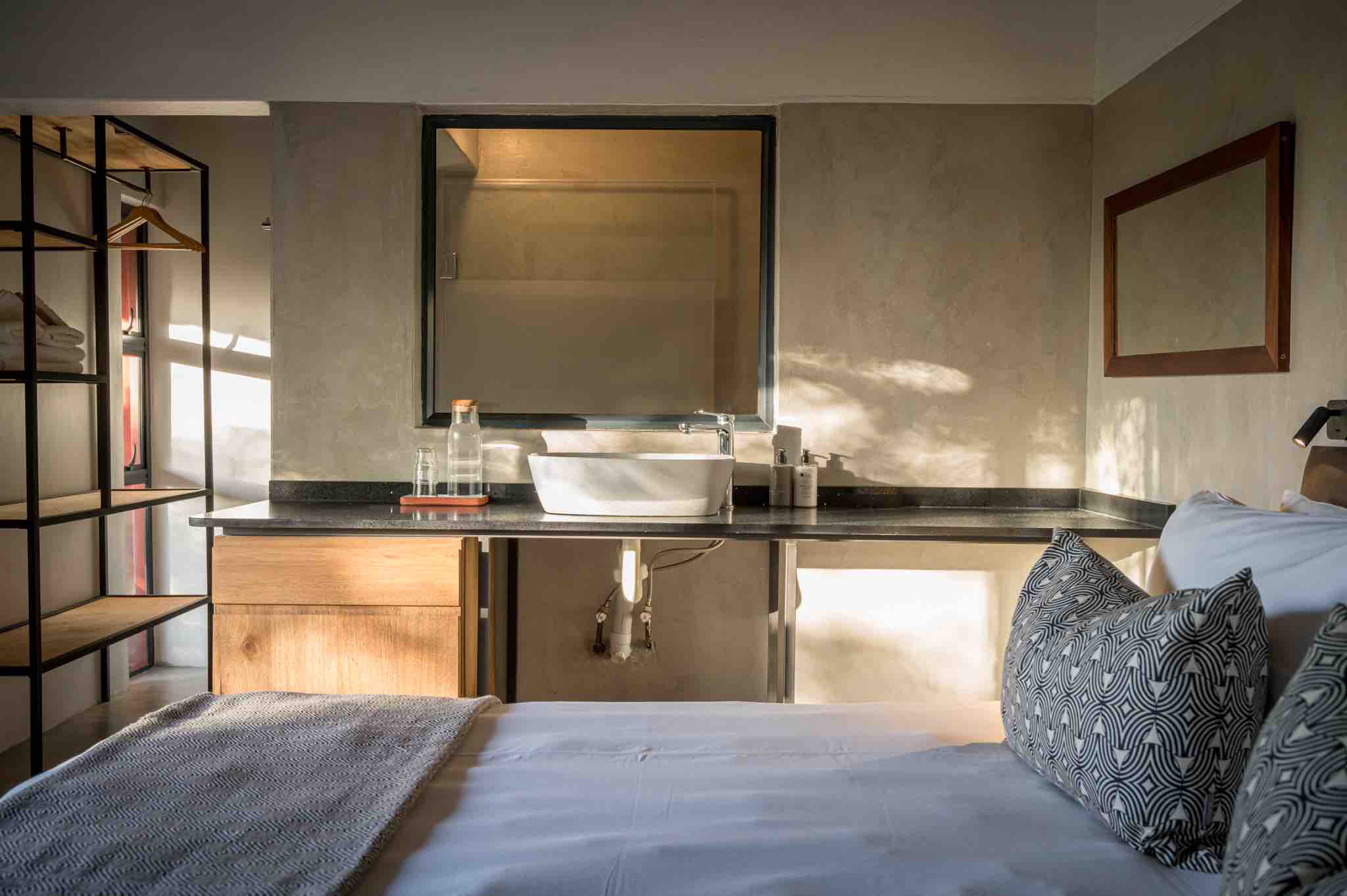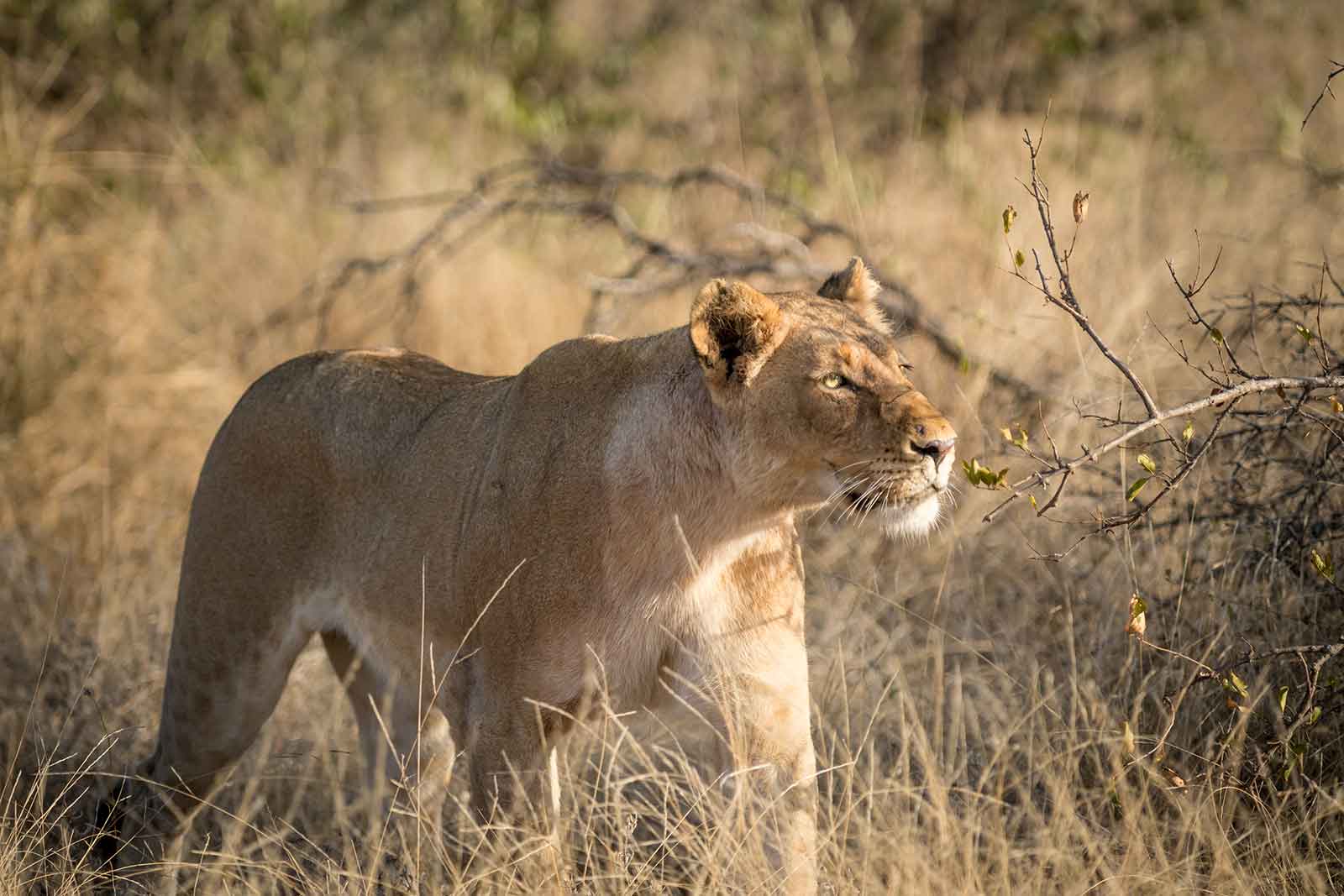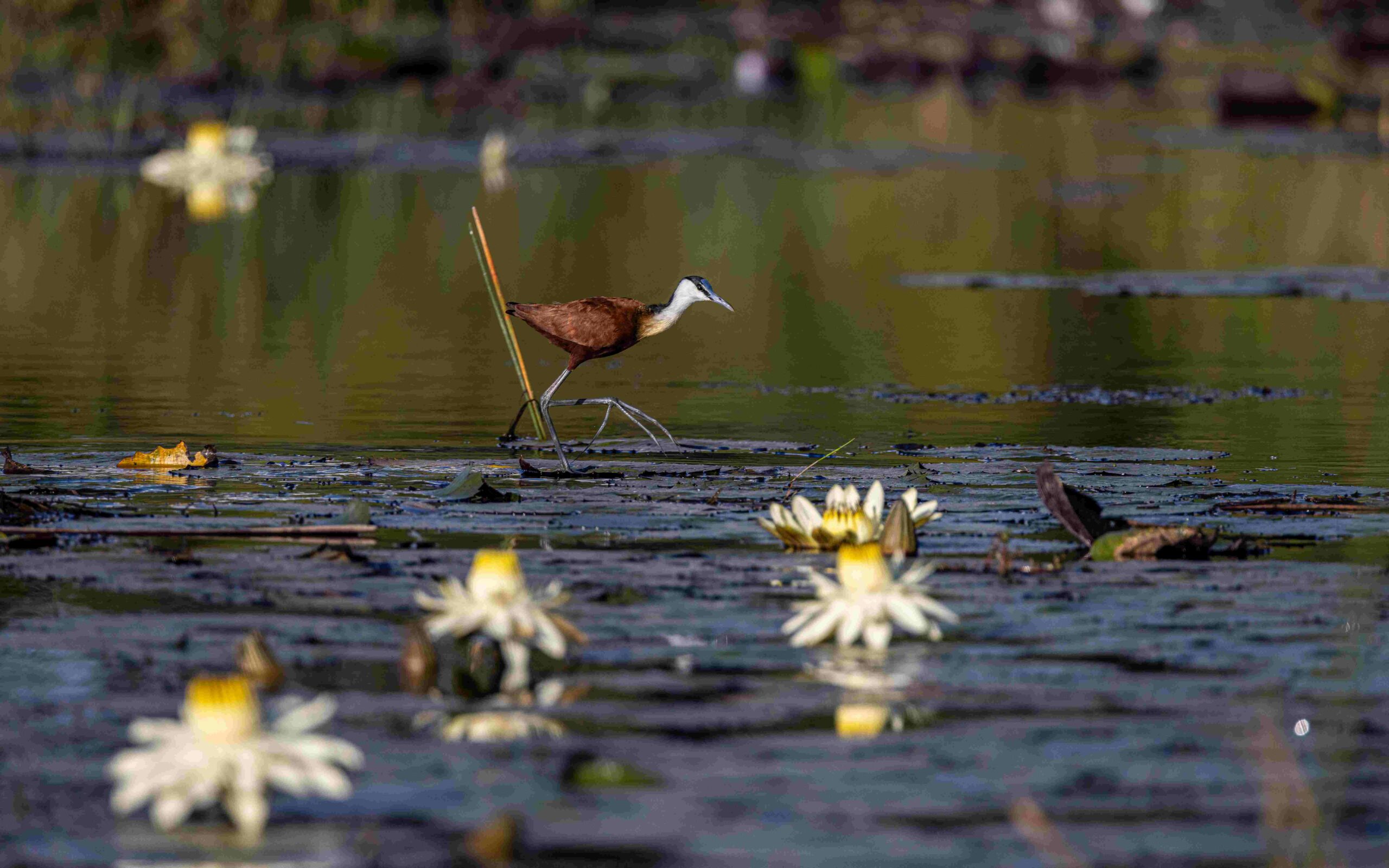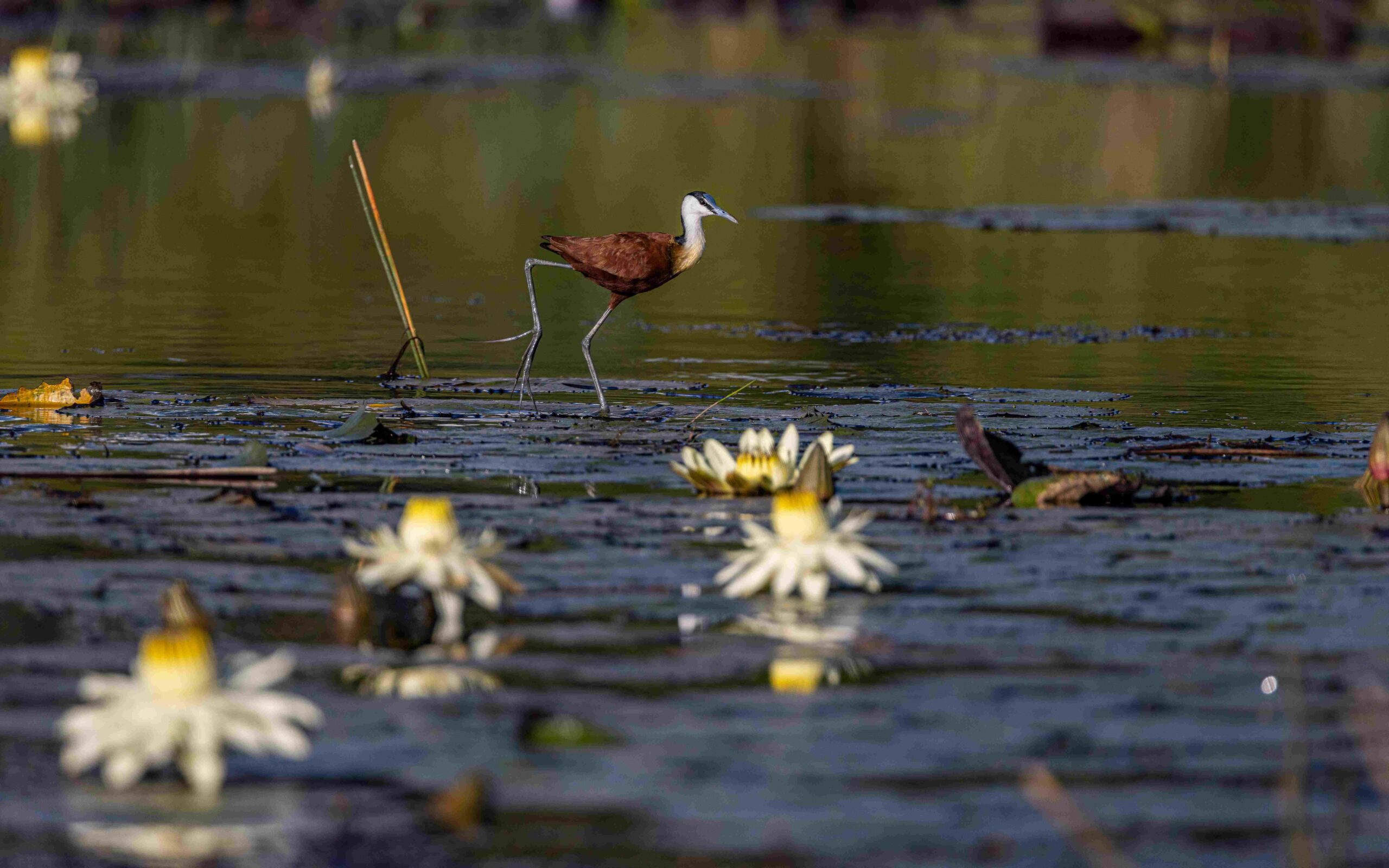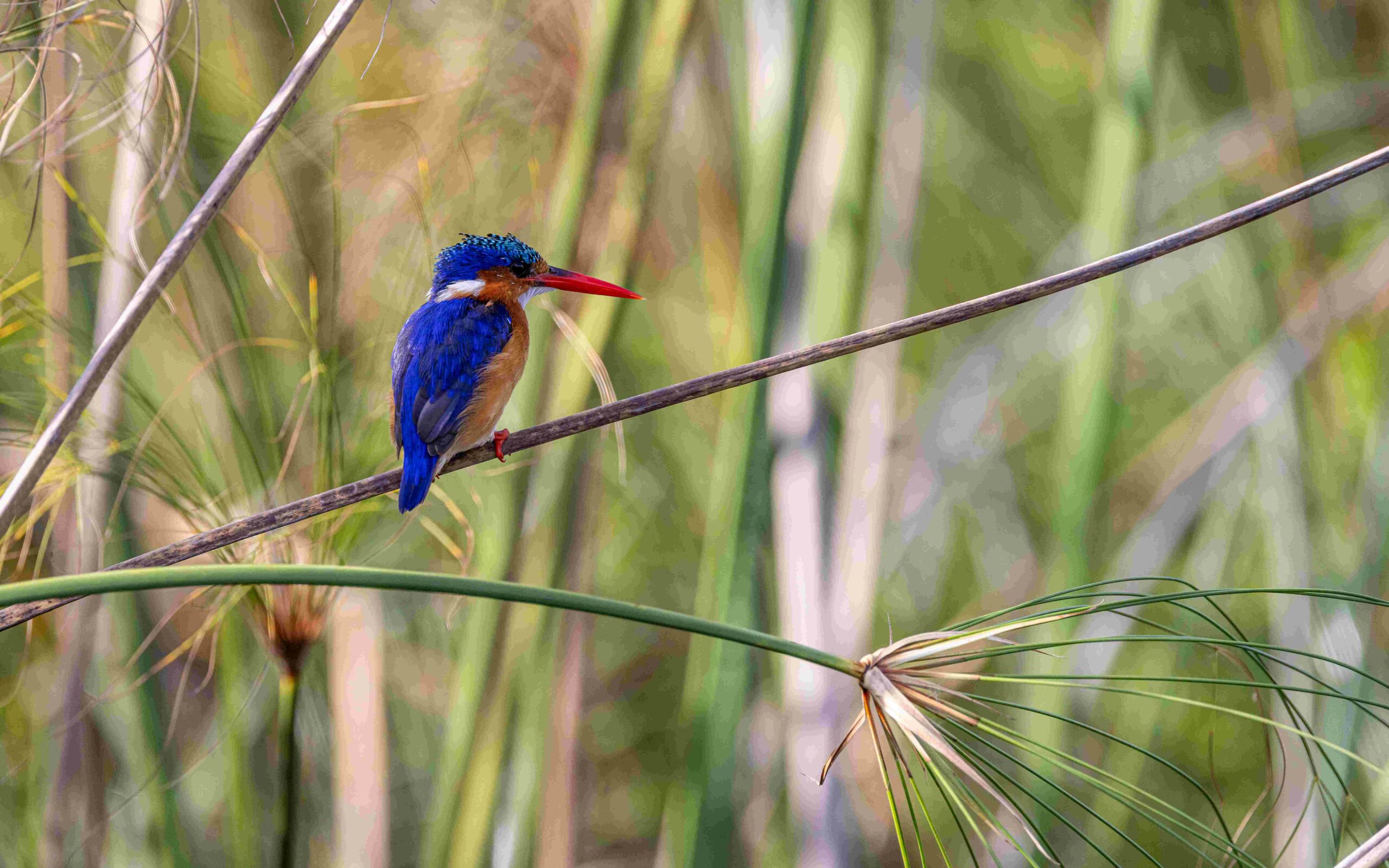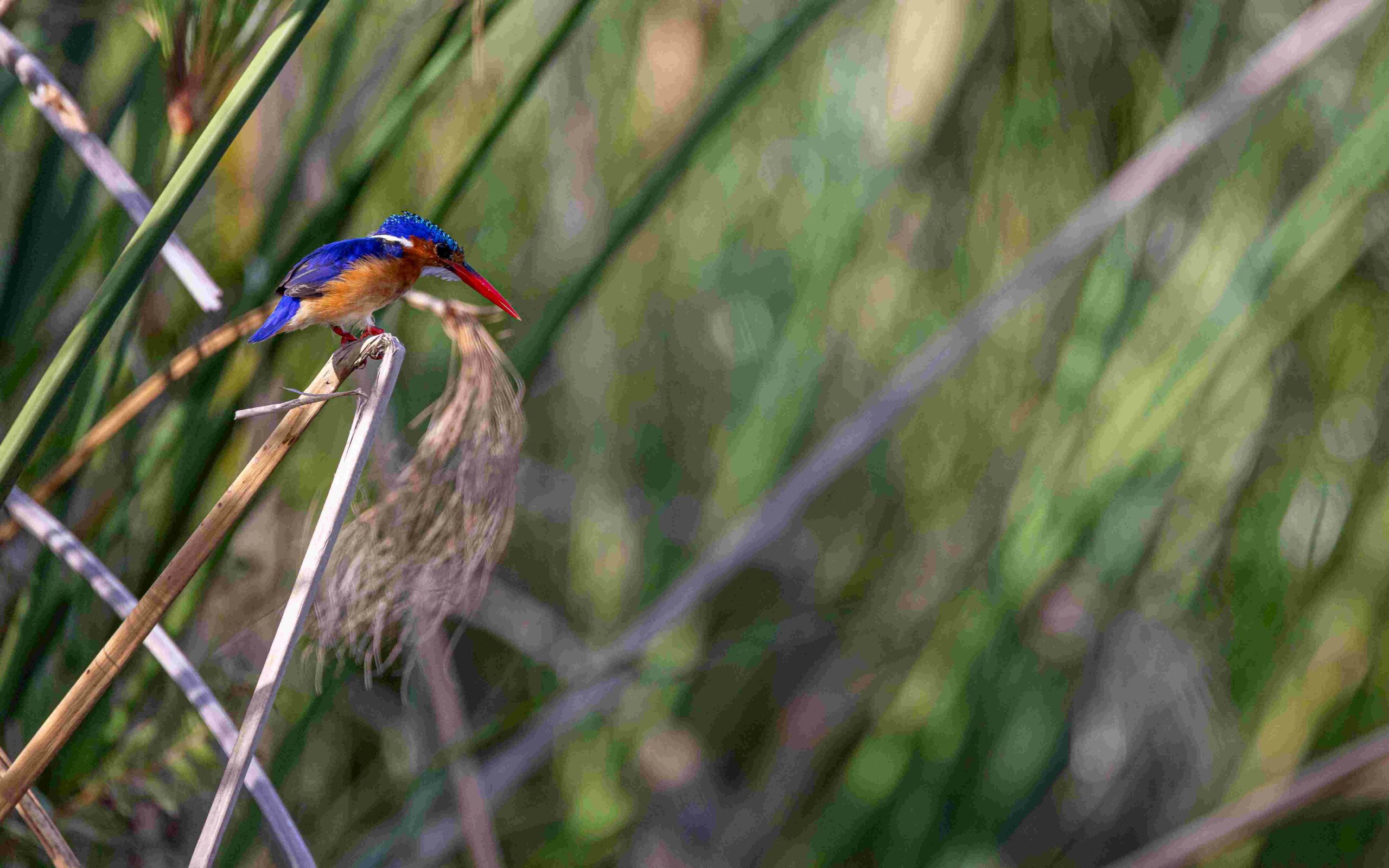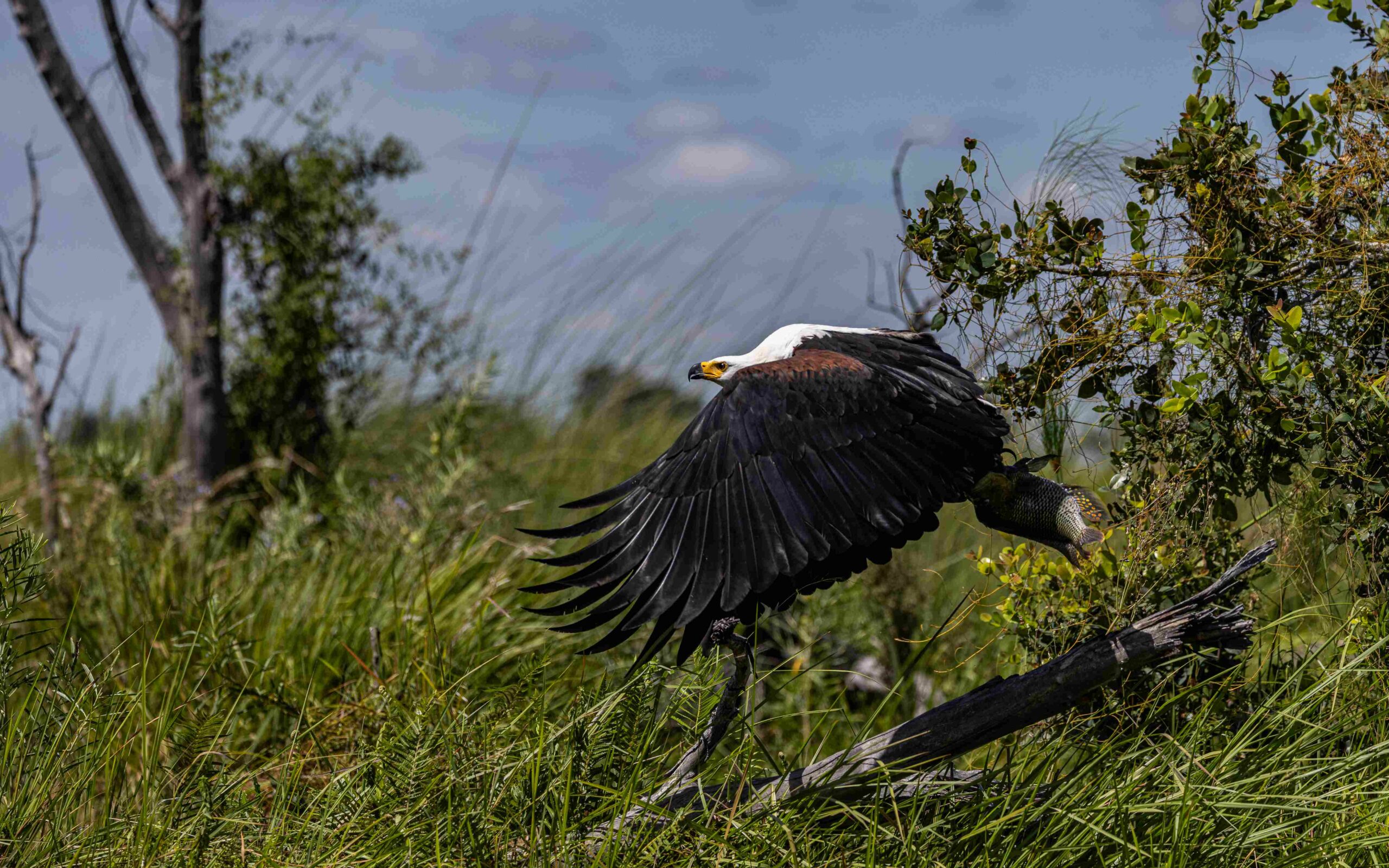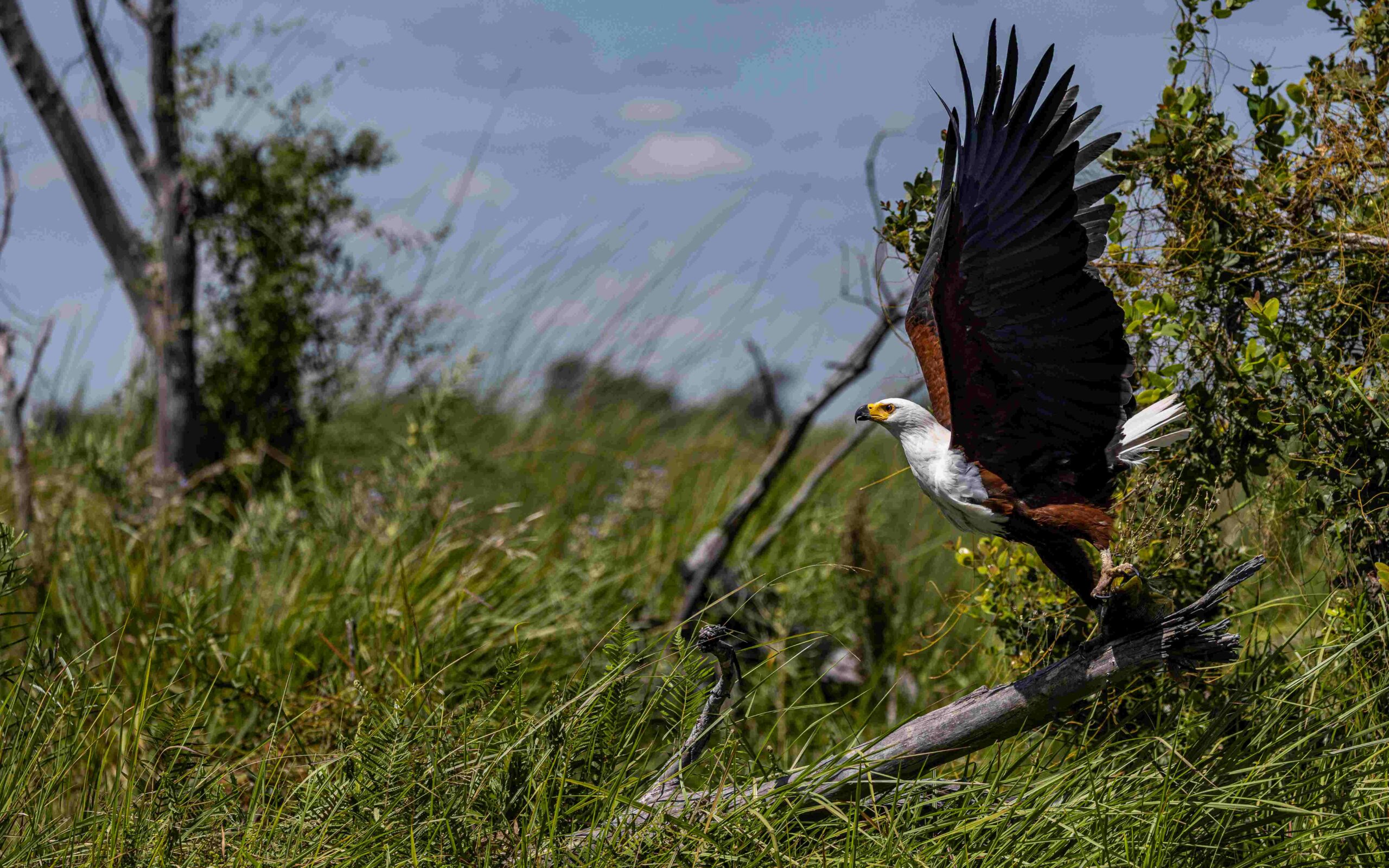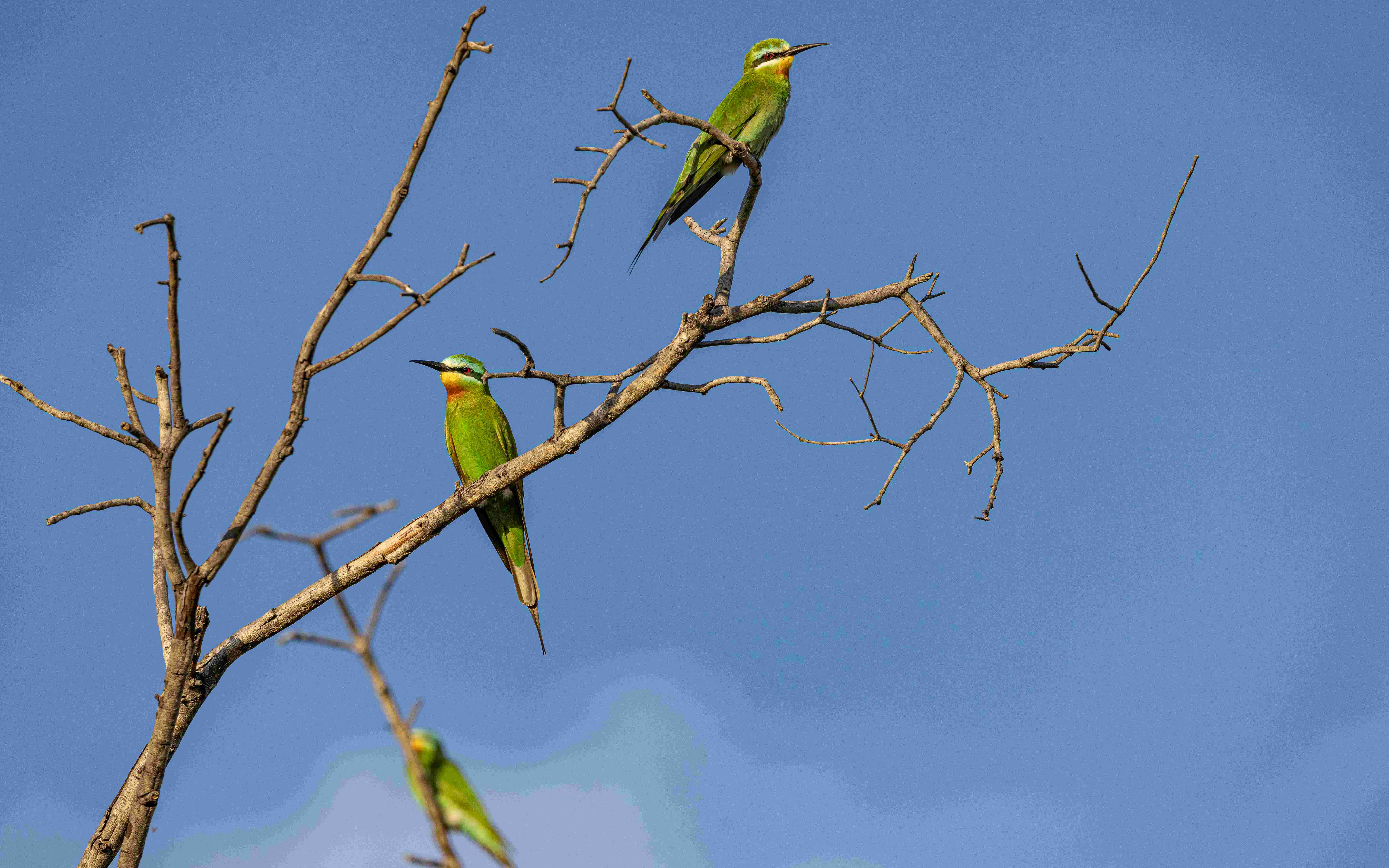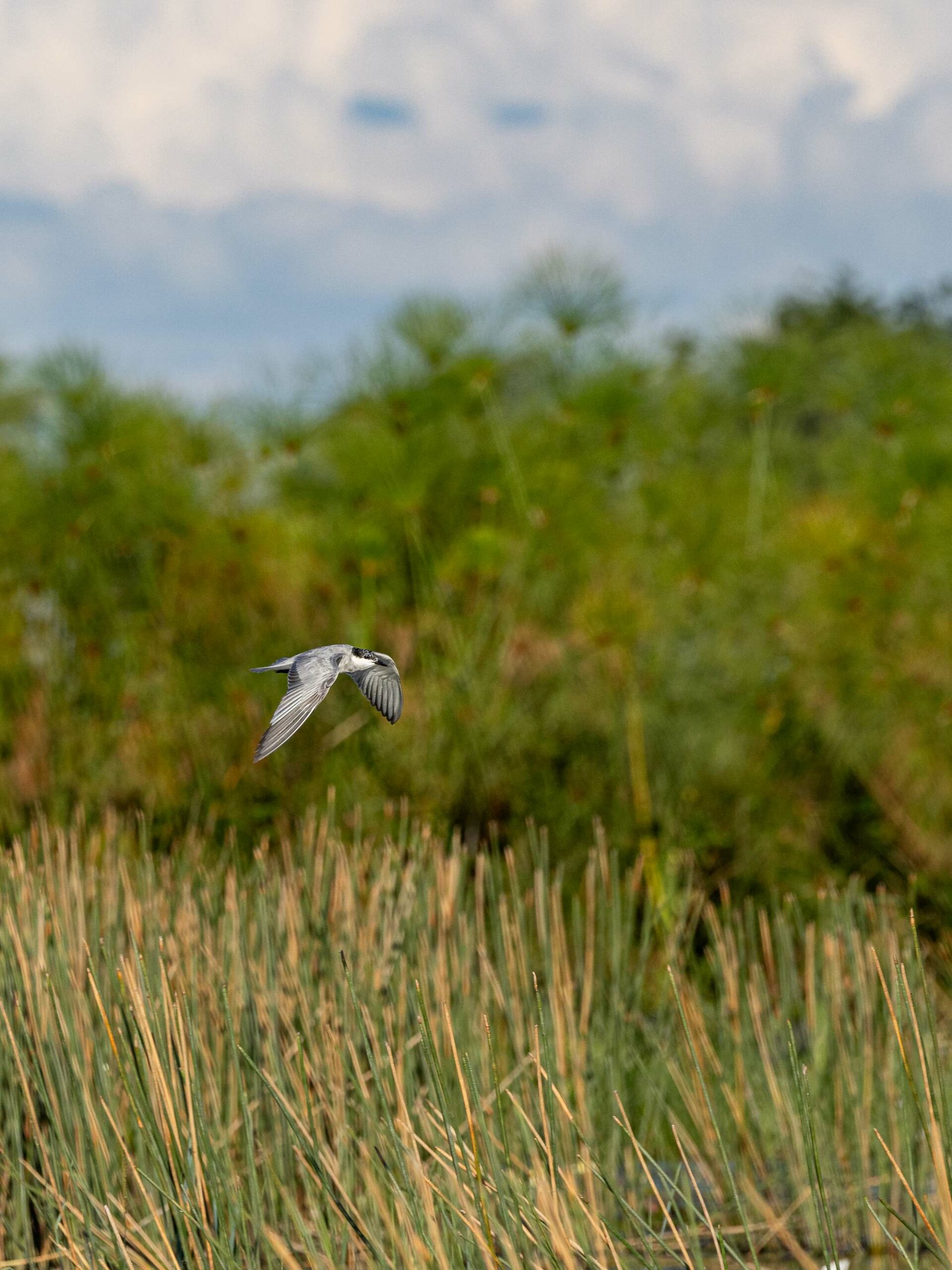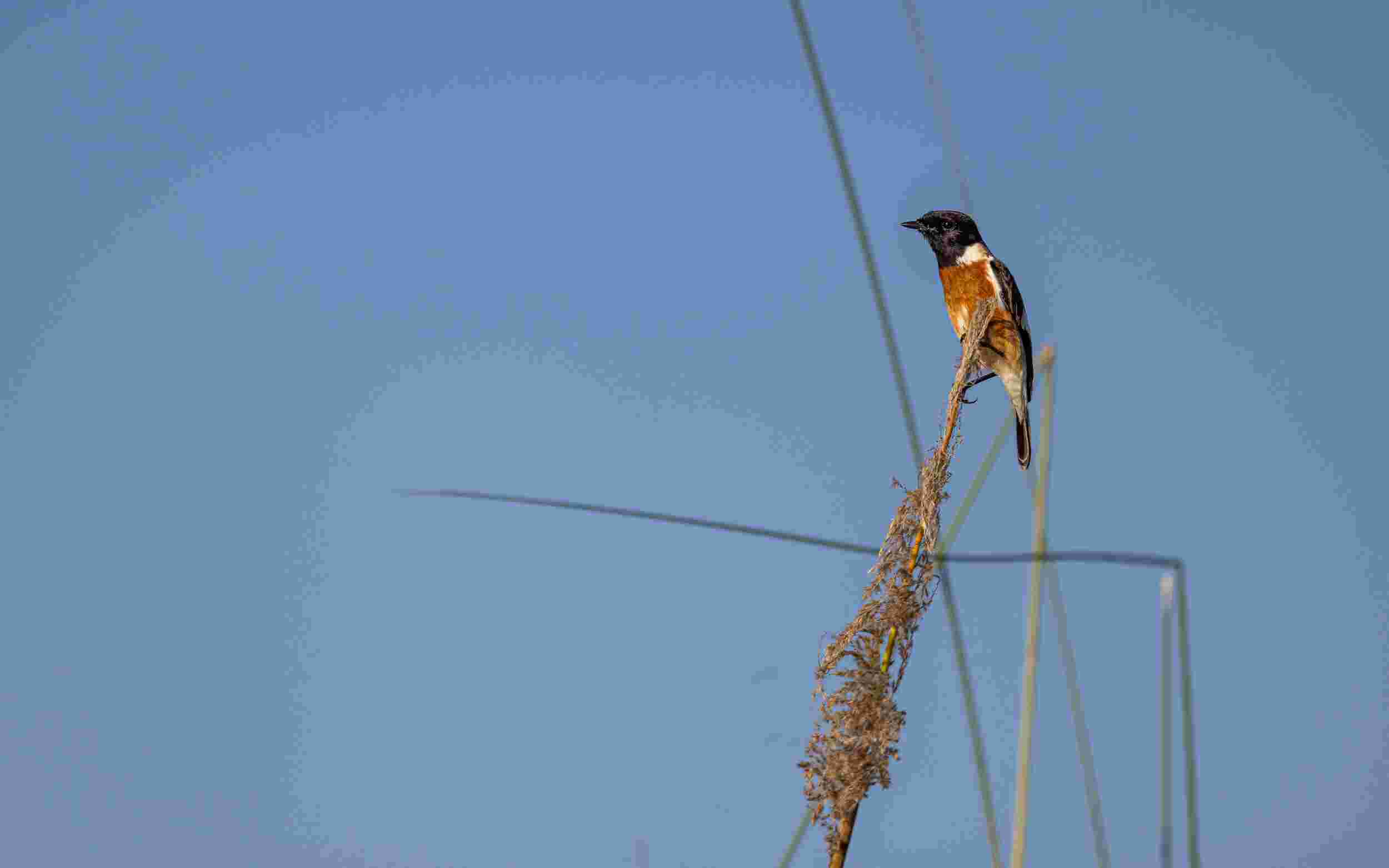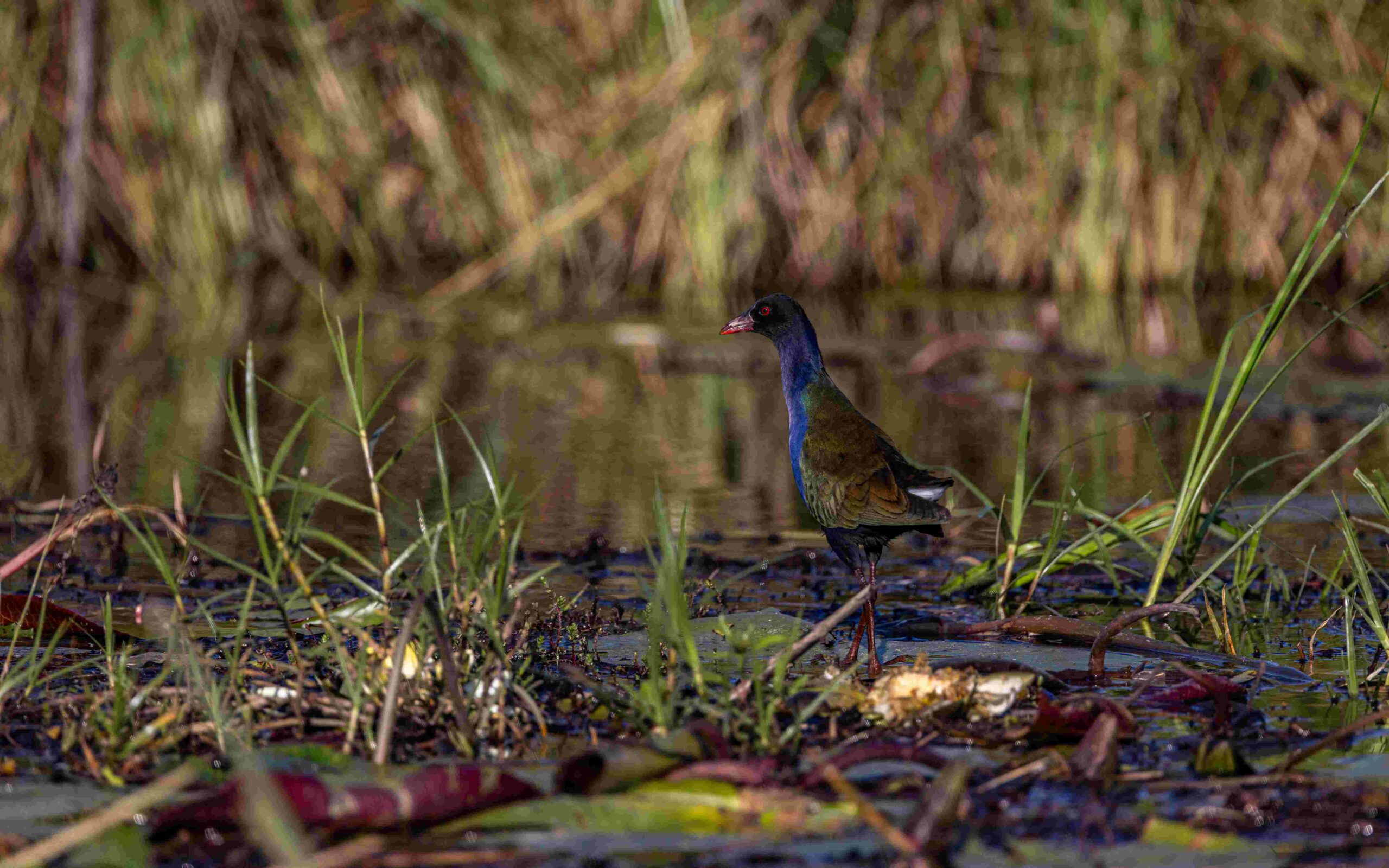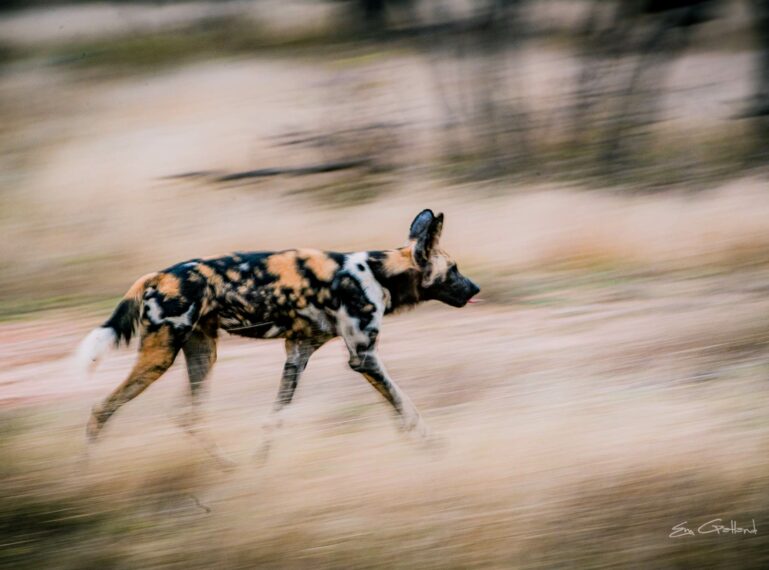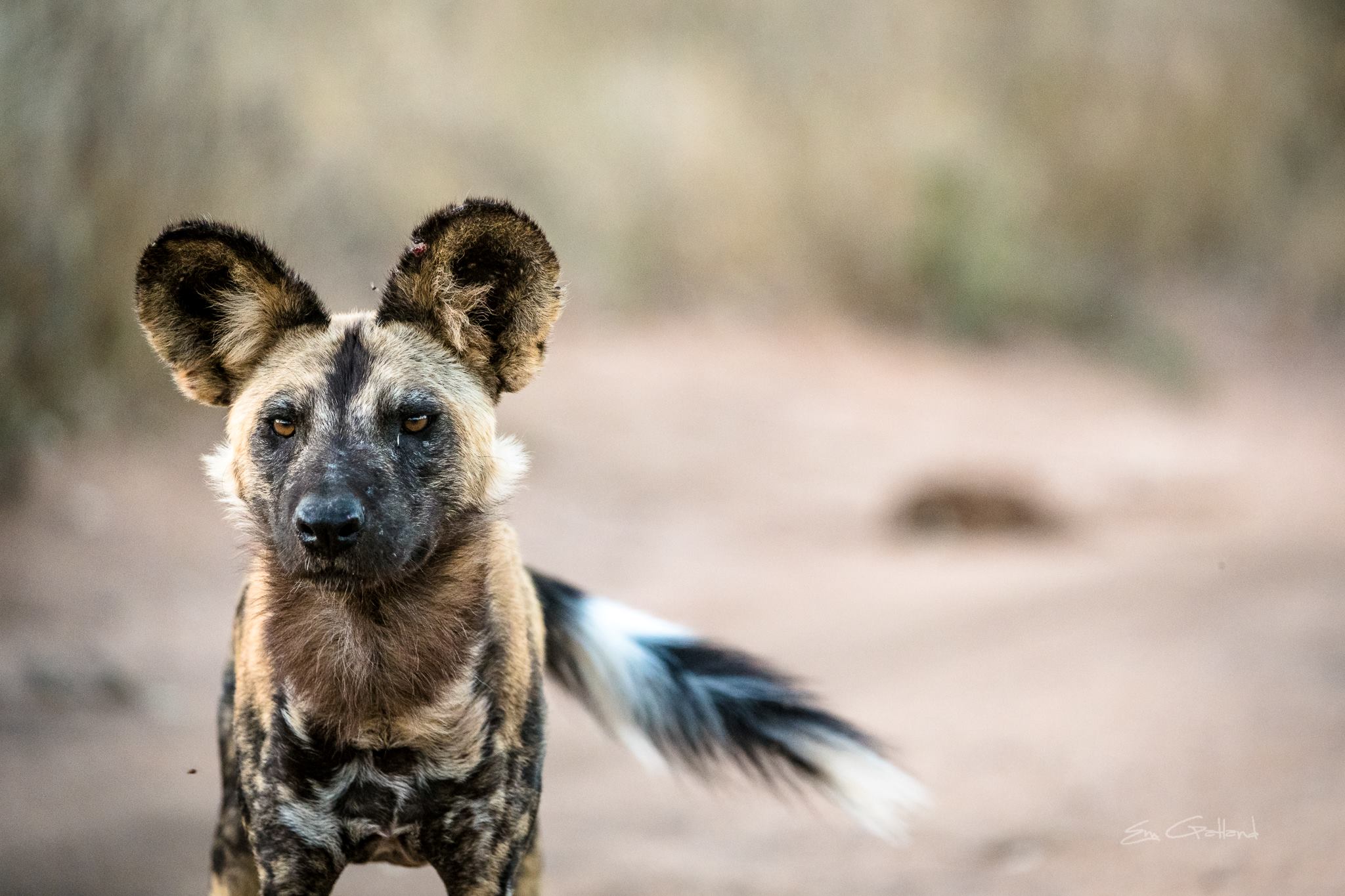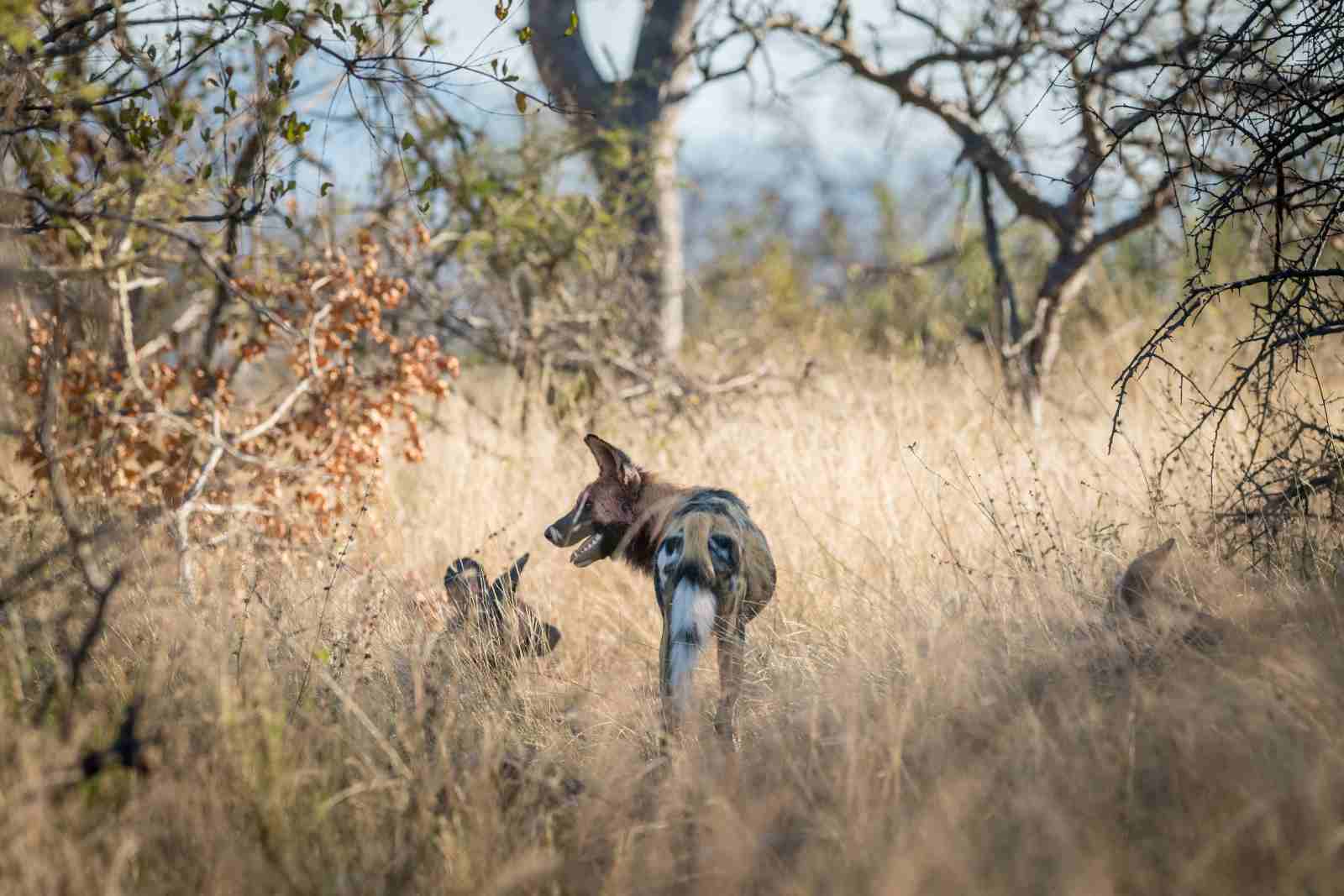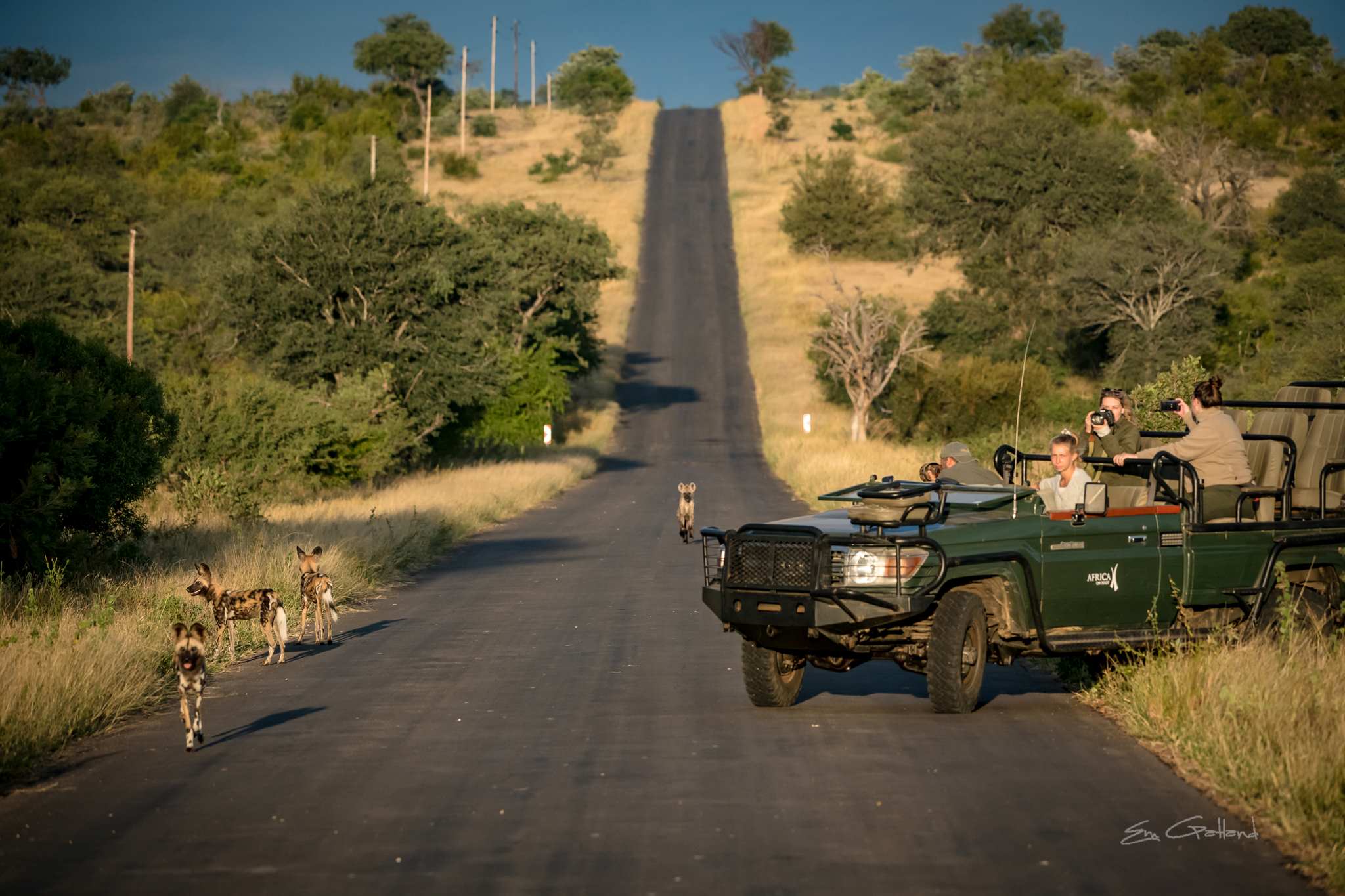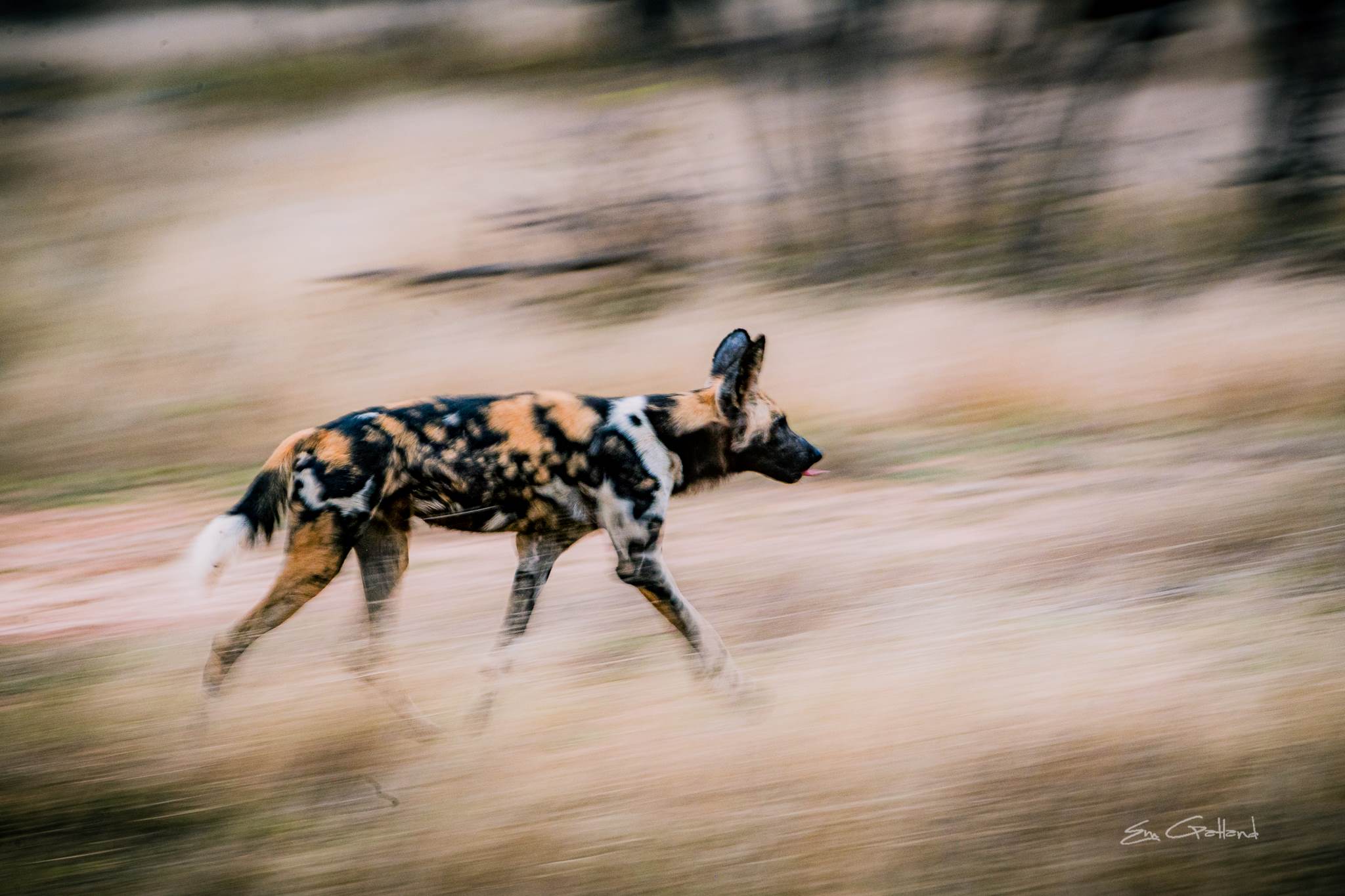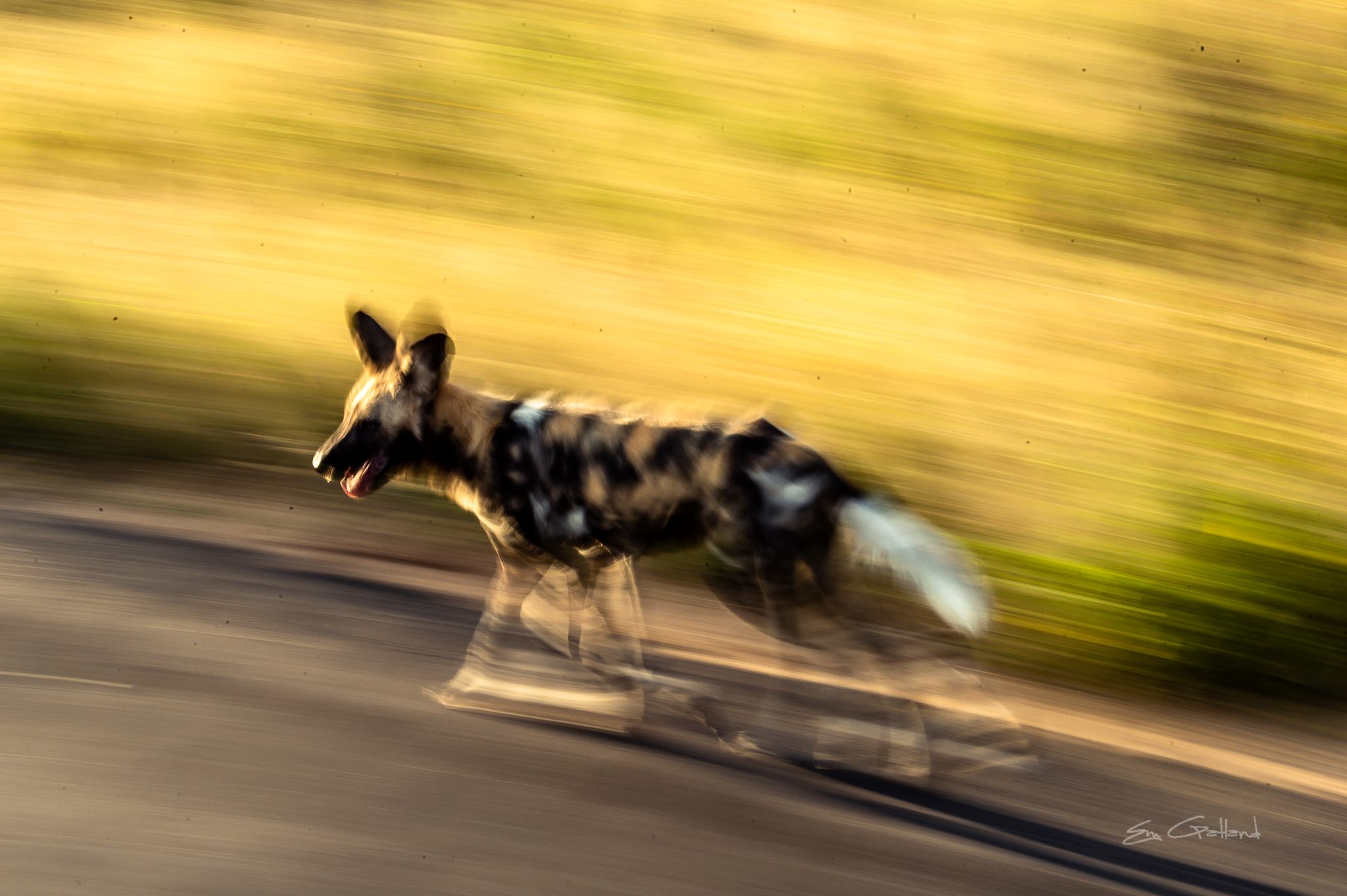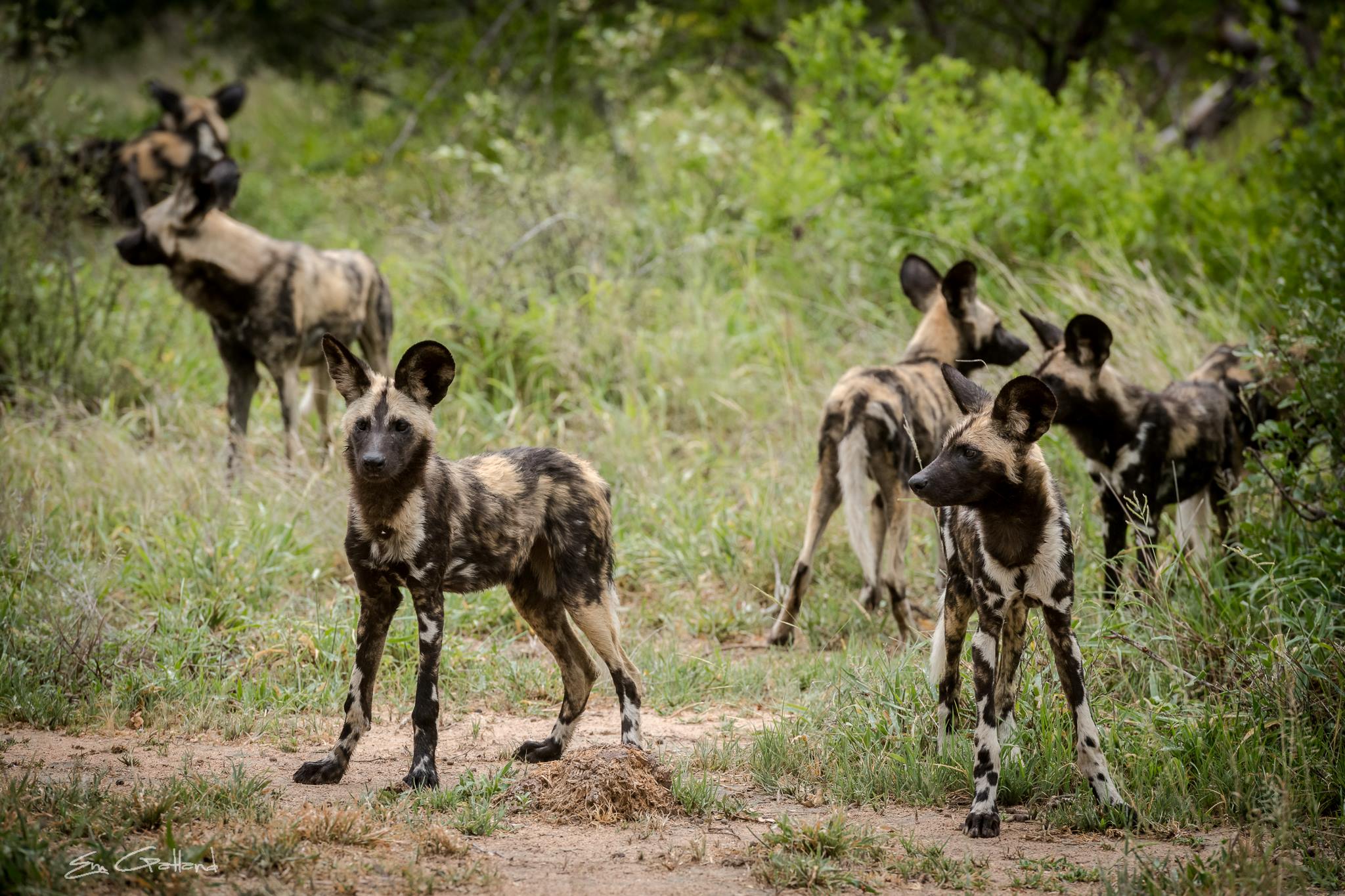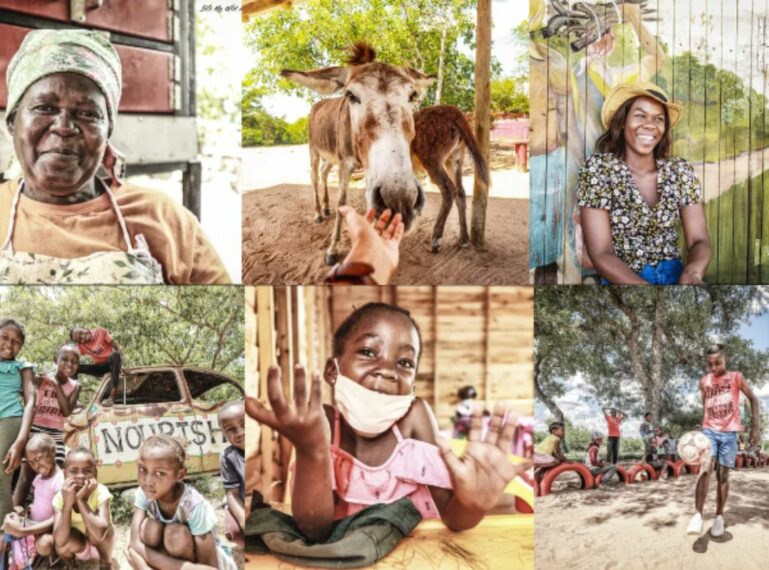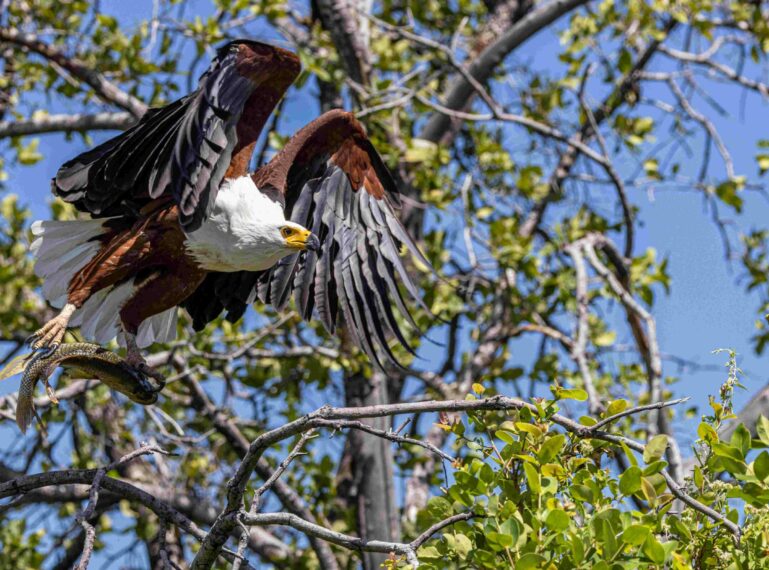
An Okavango Delta Mobile Safari is Magical. Here’s Why.
The astounding Okavango Delta is a UNESCO World Heritage Site home to more than 700 species of mammals, birds, fish, amphibians, and reptiles. It’s an absolute sanctuary for wildlife and completely pristine and unmarred by mass tourism. Opt for an Okavango Delta mobile safari for an authentic Delta experience that’s both immersive and eco-aware, making you feel a part of the earth’s sacred spaces. Unlike a typical lodge experience, the mobile safari is an iconic way of exploring southern Africa’s game-rich oasis. Spending nights cocooned in canvas on remote, palm-fringed islands under the night sky, falling asleep to the sounds of the wild, is one of the most unparalleled safari experiences. Mboma Island Expeditions is a mobile camping safari situated at the meeting point of the Delta and Moremi, and perfectly embodies this adventurous kind of safari.
How is an Okavango Delta mobile safari different from a lodge stay?
Lodges and classic camps are permanent structures built in scenic concessions. Typically, they have a view of floodplains or swamps and offer the usual amenities expected from a safari lodge. Certain lodges are more eco-friendly than others, but (luckily) most in the Okavango Delta are planet conscious. As the name suggests, mobile safaris are mobile. Take the Okavango Delta for example. Camps are set-up in known wildlife-rich locations, in completely remote regions of the Delta.
On a mobile safari, you’ll camp in various locations, bringing you closer to wildlife and different landscapes. Having a front-row seat to game viewing ensures a deeper connection to the wild. Lodges usually have chefs and luxury lodgings, while mobile camps offer a more intimate and adventurous experience. Mboma Island, while a mobile camp, is the perfect combination between adventure and comfort (those Swag beds in the Meru-style tents are super comfortable)!
Mboma Island Expeditions
We love Mboma’s style. Who says camping has to be boring? Mboma’s decor is in perfect harmony with the surrounds – neutral tones are interrupted by bold pops of colour that reflect warm personality of Botswana.
Here’s what you can expect from a mobile safari in the Okavango Delta while staying at Mboma Island Expeditions:
- 5 Meru-style safari tents with en suite open-air bathrooms, bucket showers, standing canvas wash basins, and chemical eco-toilets
- Beds with swags and full linen in each tent
- Bedside table with insect repellent and water glasses
- Solar-powered lighting in the tents
- Two safari chairs under the small canopy forming ‘veranda’ at each tent.
- A dining tent with dining table, chairs, and a tea and coffee station.
- Communal tent with lounge and drinks trolley.
- A clearing with central campfire forming an open-air boma for evening relaxation.
Now that you’re aware of the incredible amenities at Mboma, and the simple luxuries you can experience at this revered camp, it’s time to explore the wildlife and activities on offer. There’s a lot more flexibility in terms of game viewing and potential activities at a mobile camp compared to a lodge.
Wildlife and Activities
When it comes to activities, guests have the option of choosing how they’d like to start their morning. Just remember: boating only takes place when the water levels are high. Mboma’s activities ensure every aspect of the safari experience is covered, opening up windows of opportunity to spot wildlife. Wildlife to spot includes the Big 5, lions and elephants. Ellies are commonplace at Mboma, spotted regularly in the waterways and around camp. While out on game drive in the Moremi Game Reserve, you’ll be able to spot lions, leopards and rare African wild dogs.
These are the safari activities at Mboma:
- Boat excursions around the Delta islands and through the hippo-filled channels (Dependent on water levels)
- When the water levels are high enough, boating excursions will head to the open waterways of the Okavango Delta to view the heronry.
- Game drives into the Moremi Game Reserve to see predators, which are most active in early hours of morning and late evening.
- Enjoy the reed-lined channels of the Okavango Delta in the traditional way with a guided mokoro trip.
- Your guide will quietly pole you through the waters in a dug-out canoe, while you keep a look out for wildlife on the banks.
From the unparalleled game viewing activities to the sublime camp conditions, it goes without saying that an Okavango Delta Mobile safari is simply magical.

